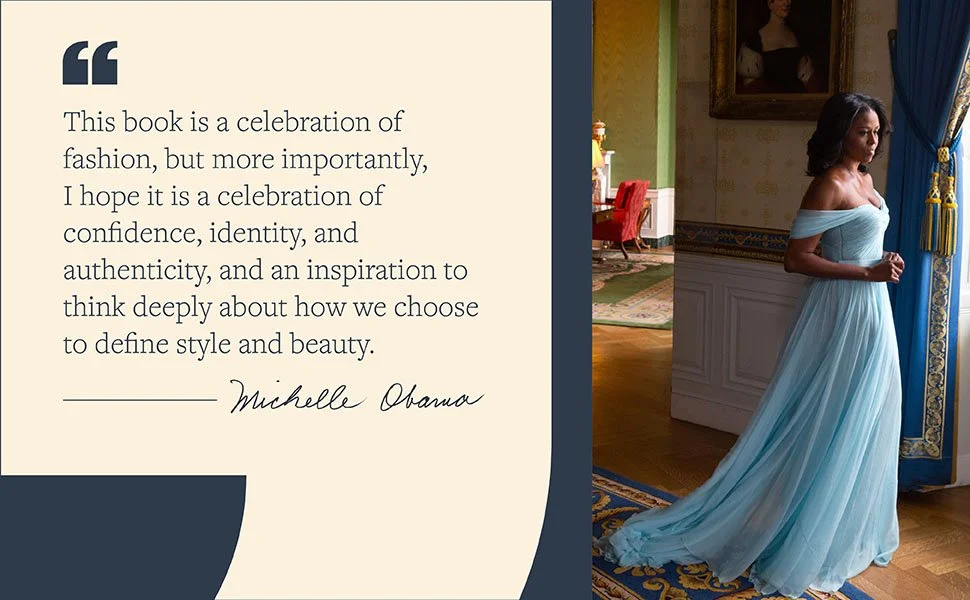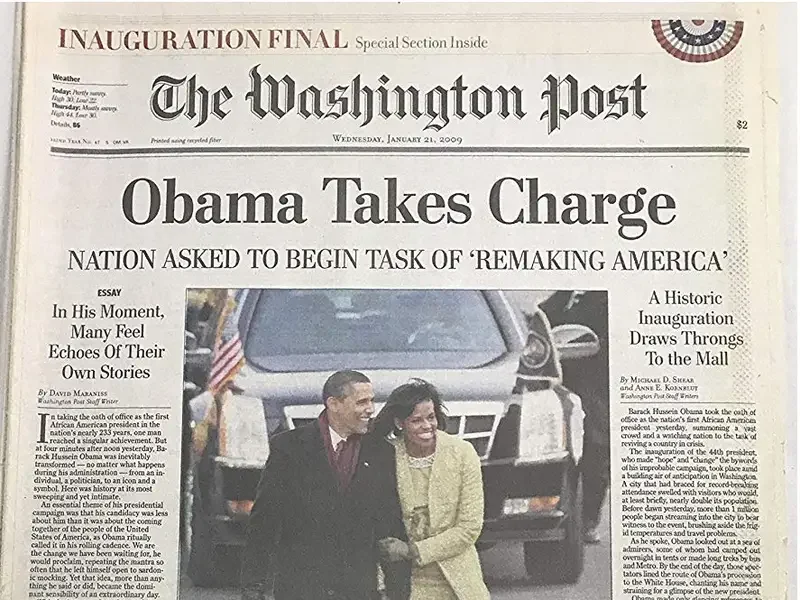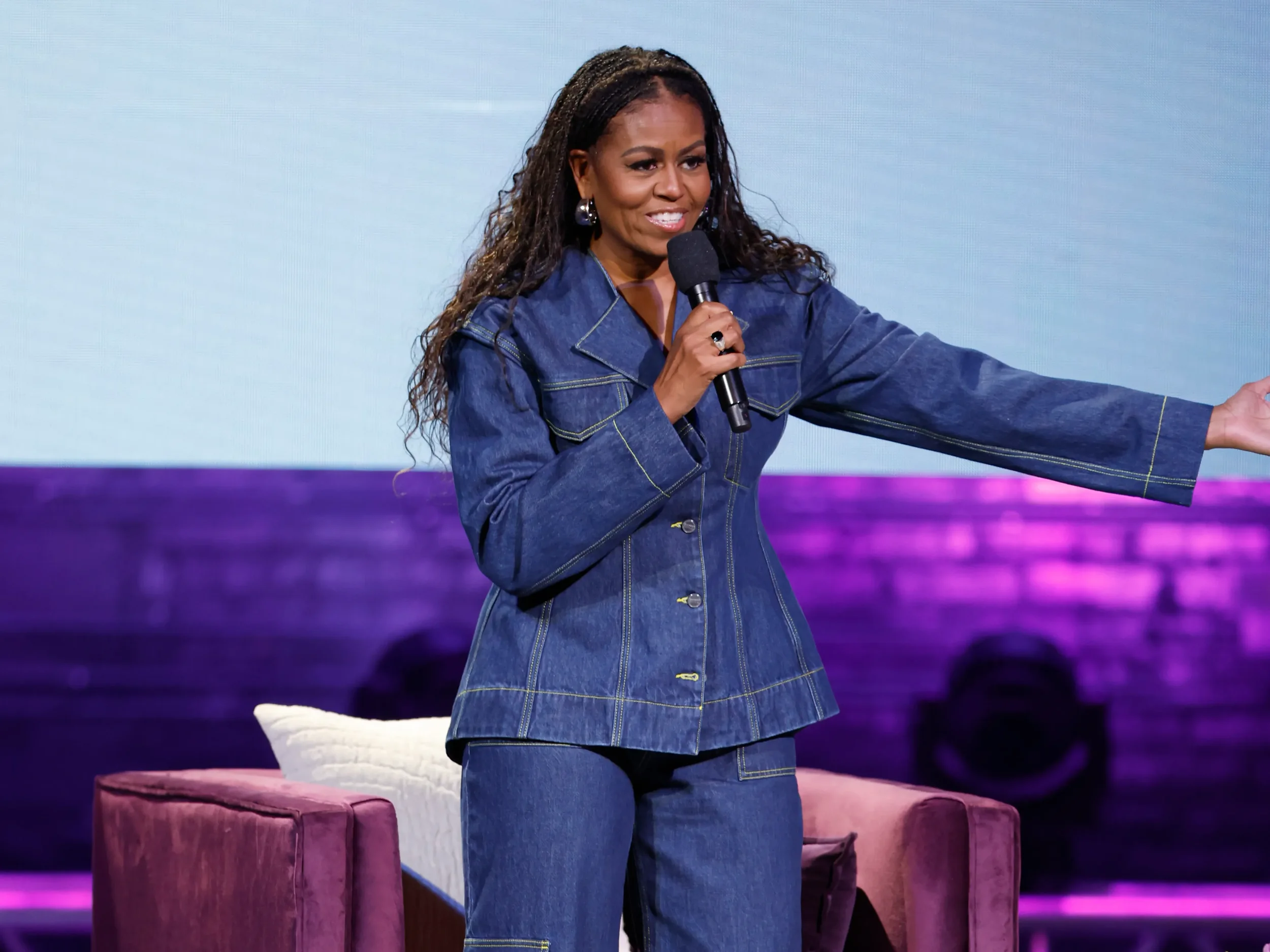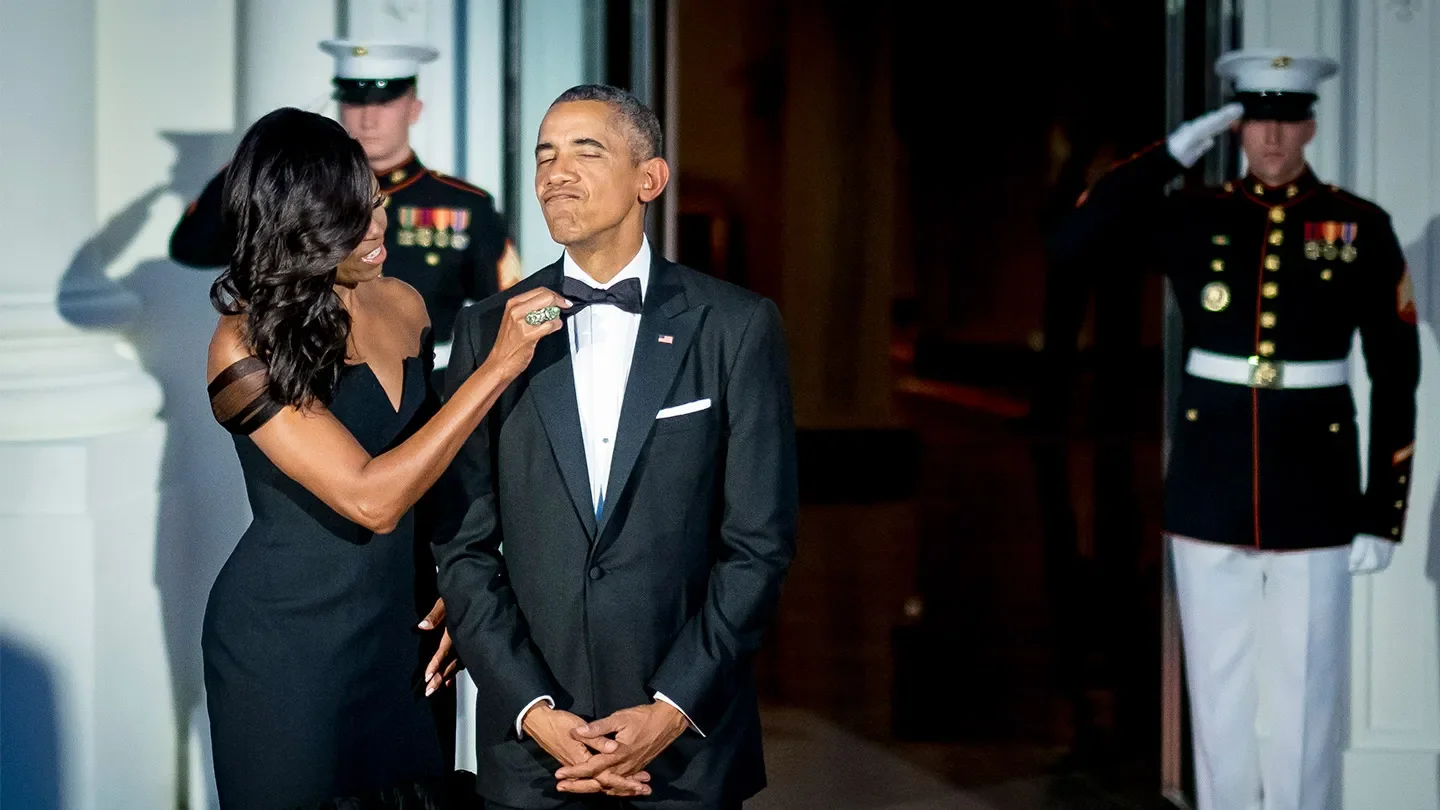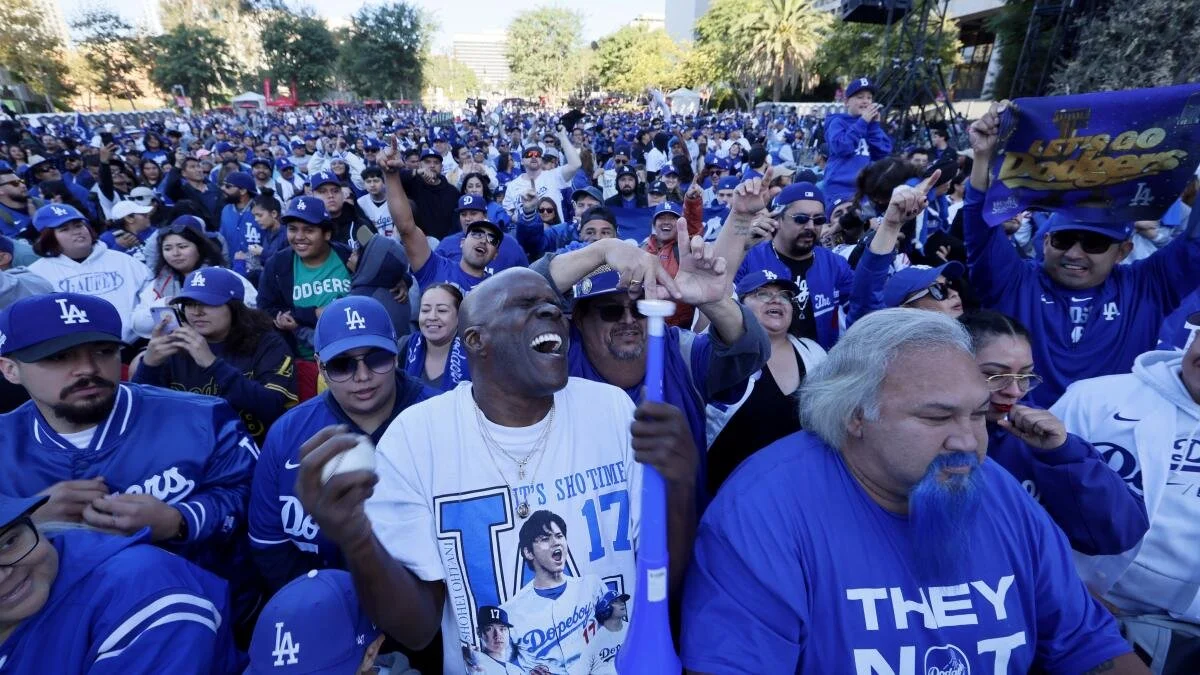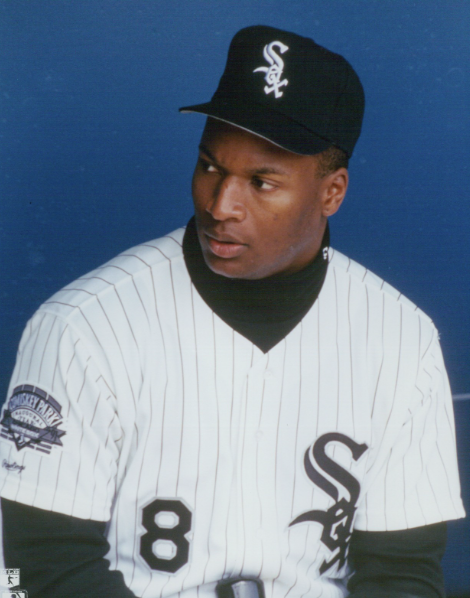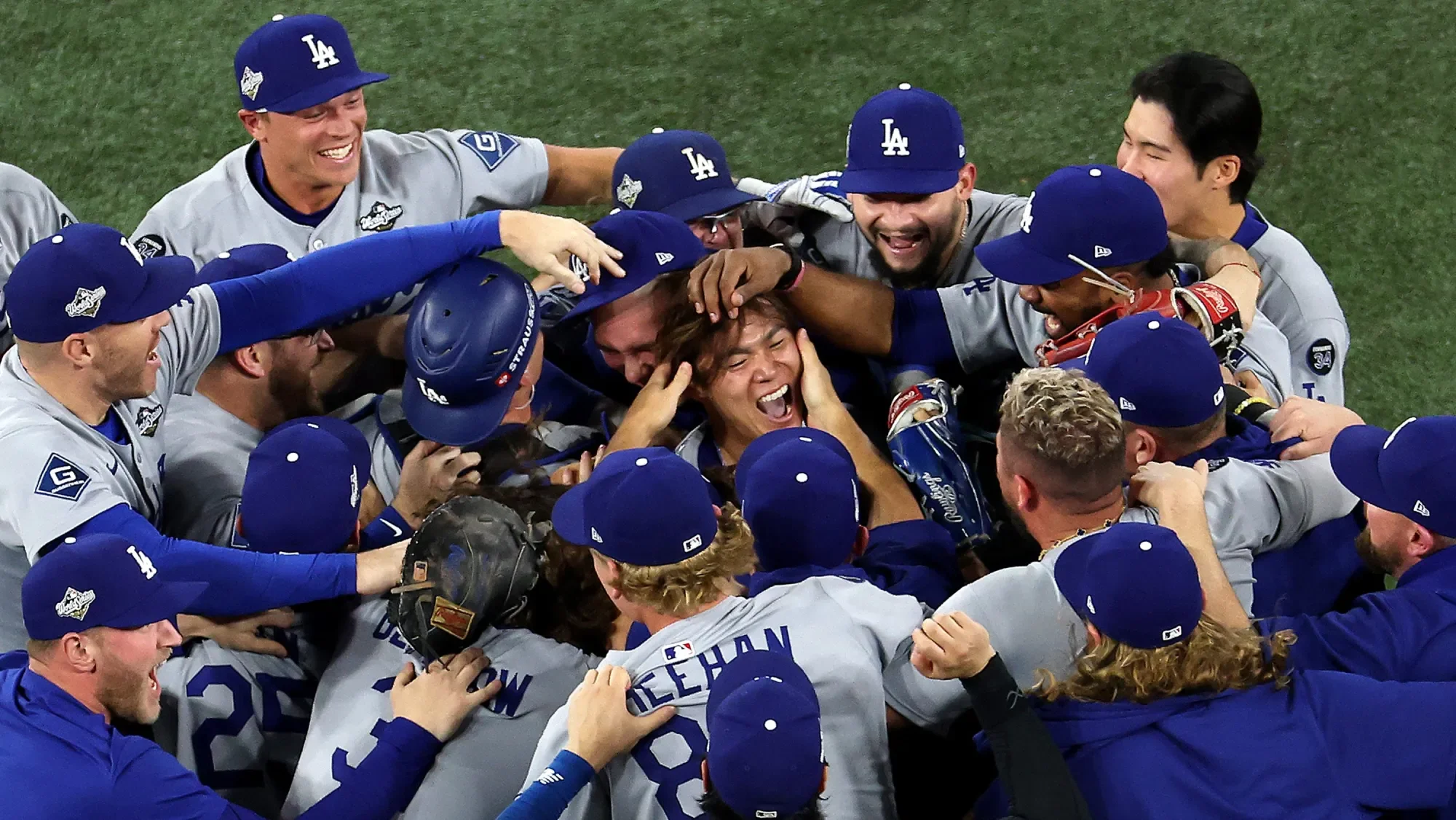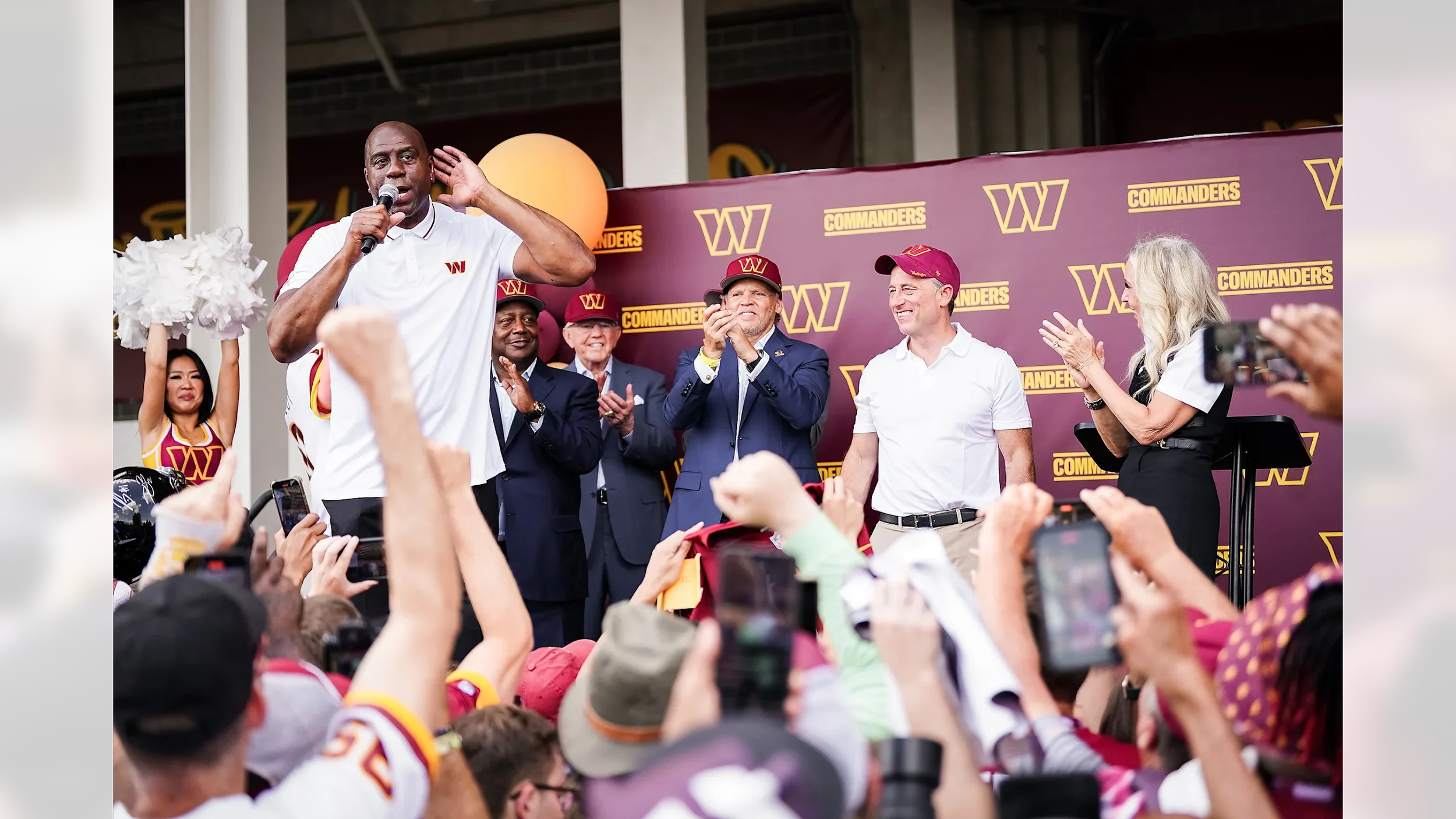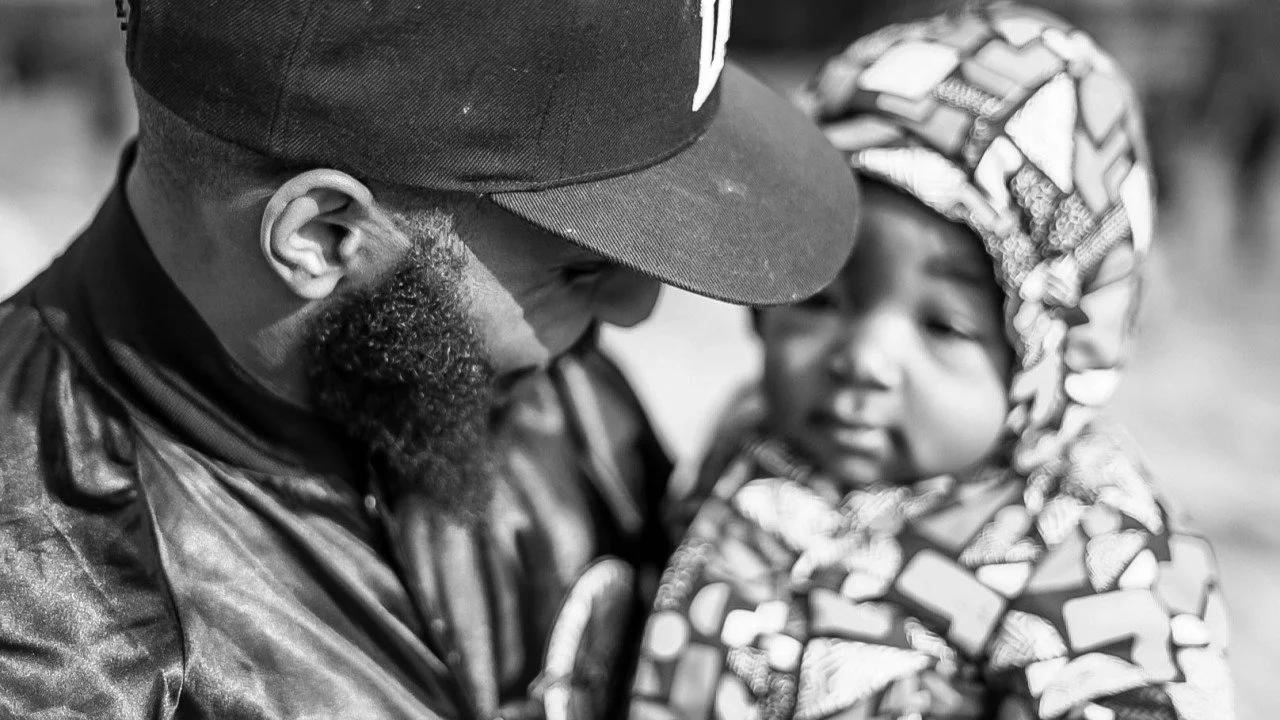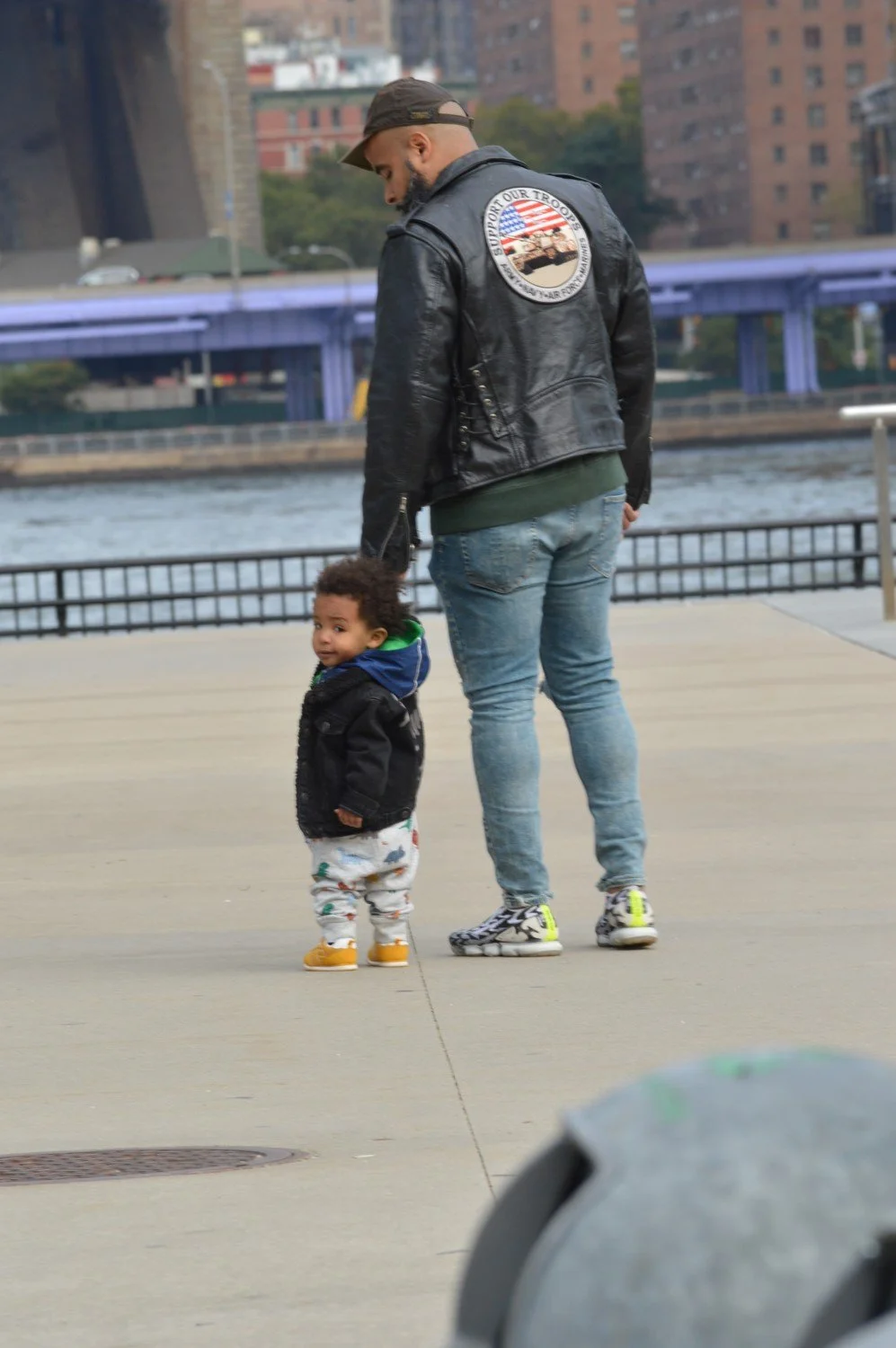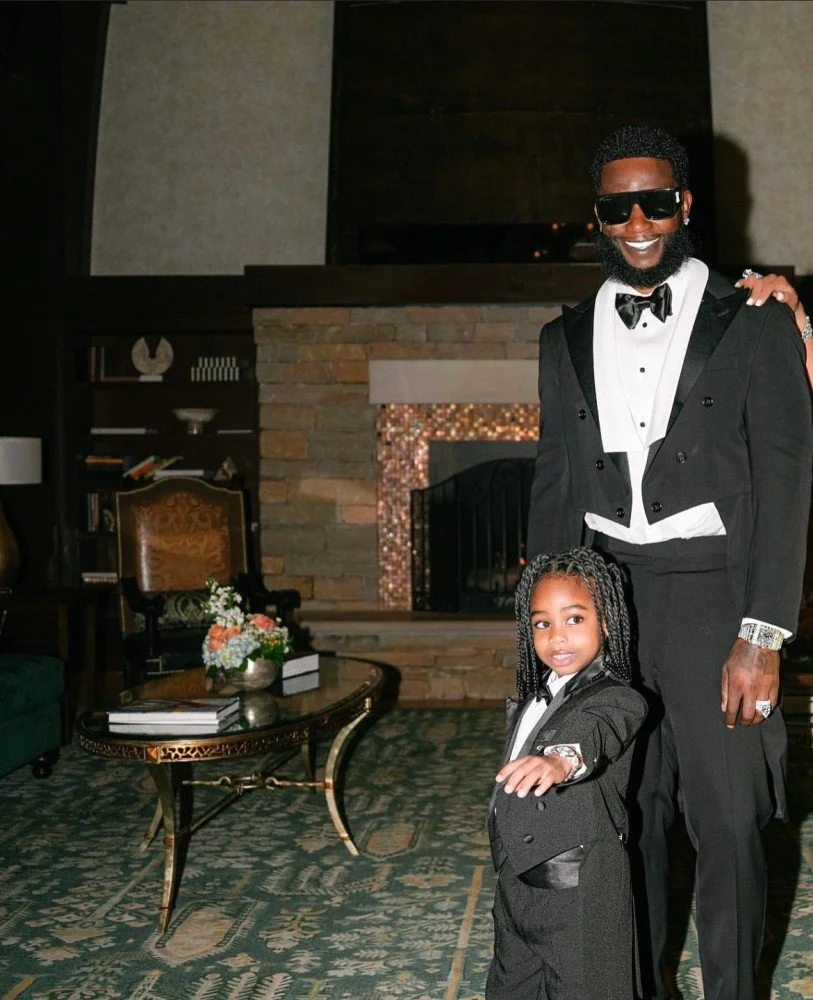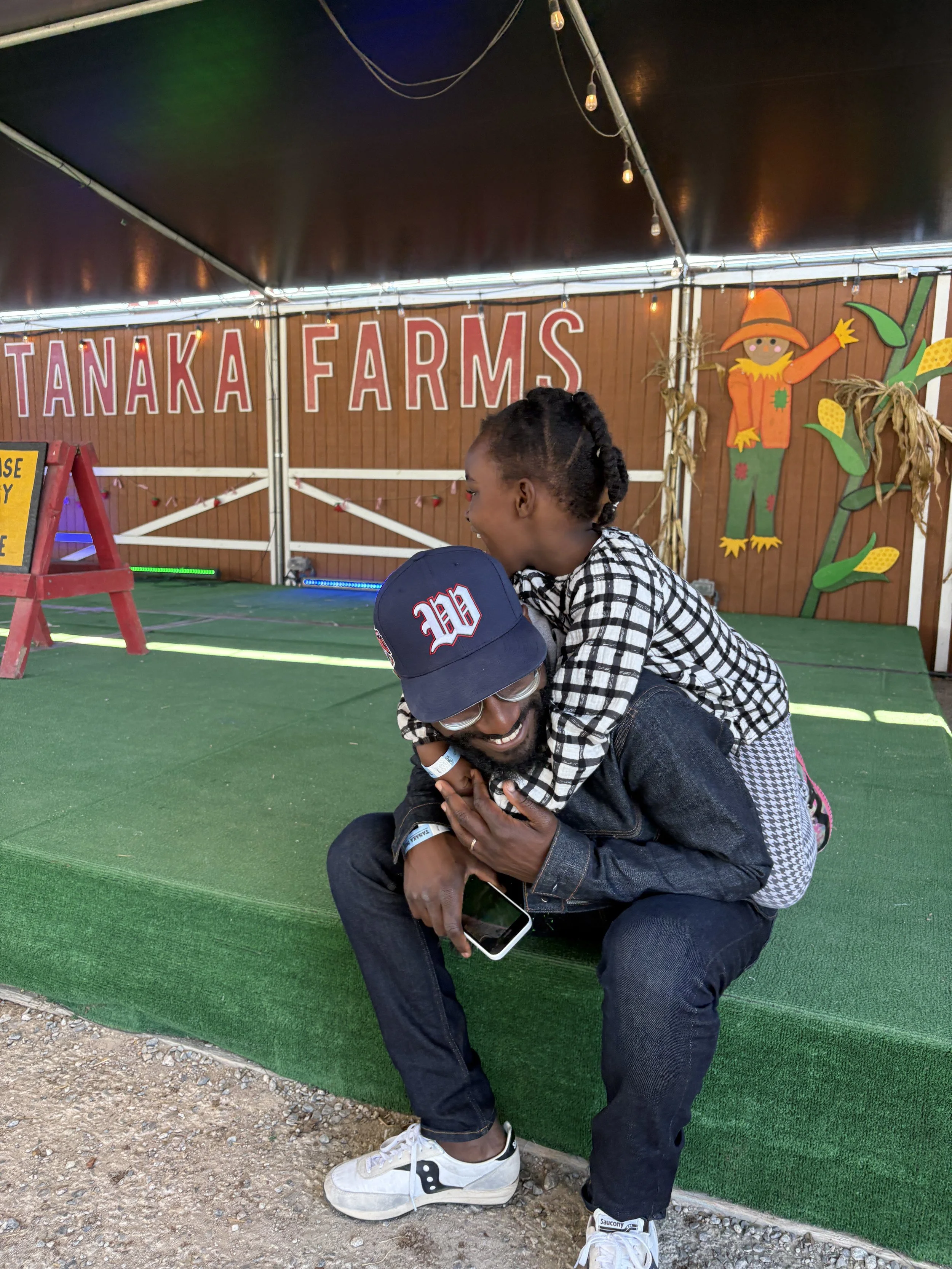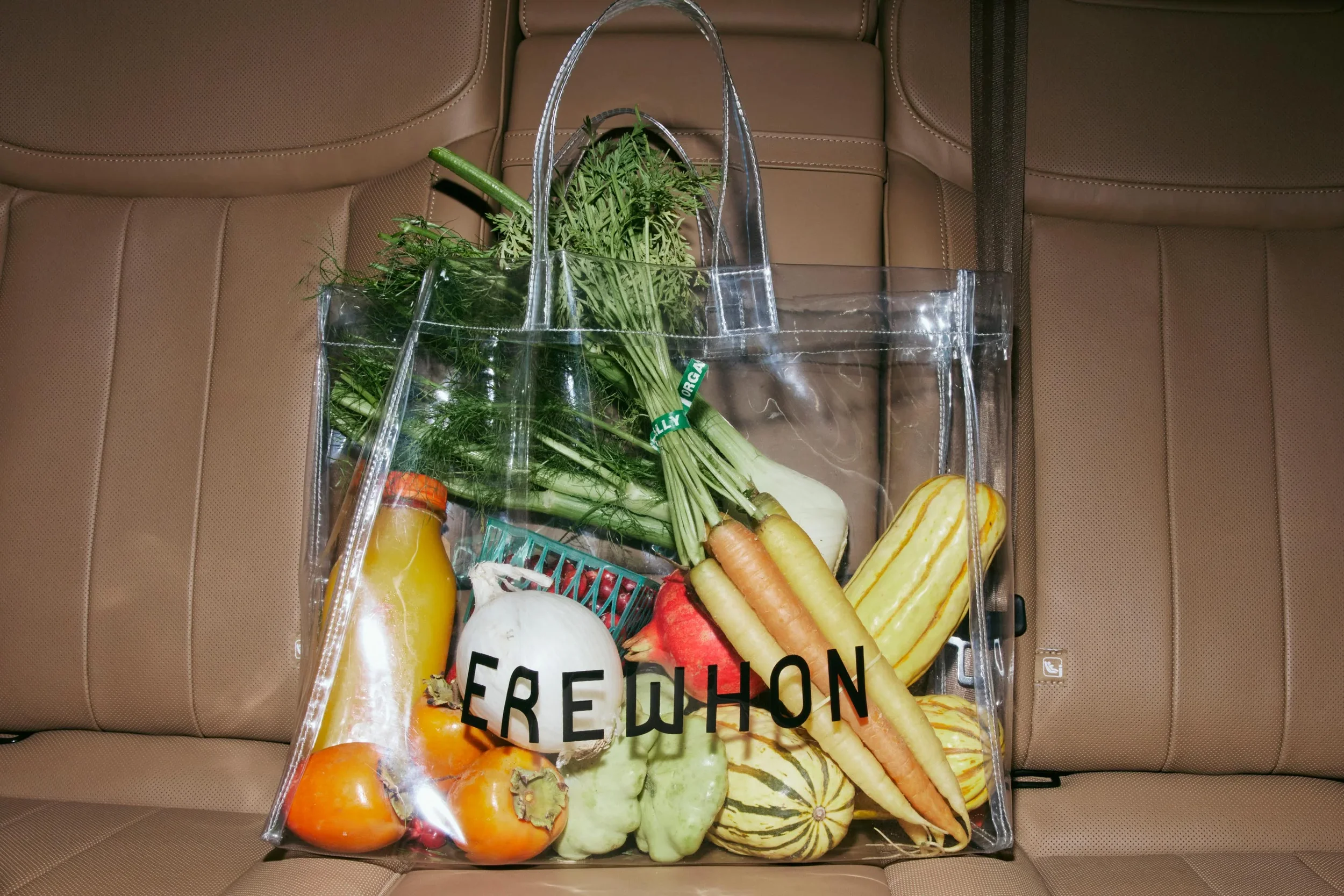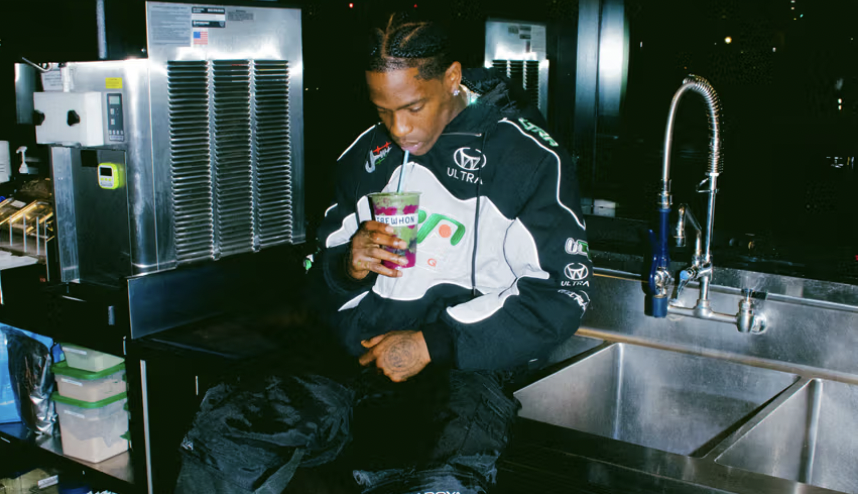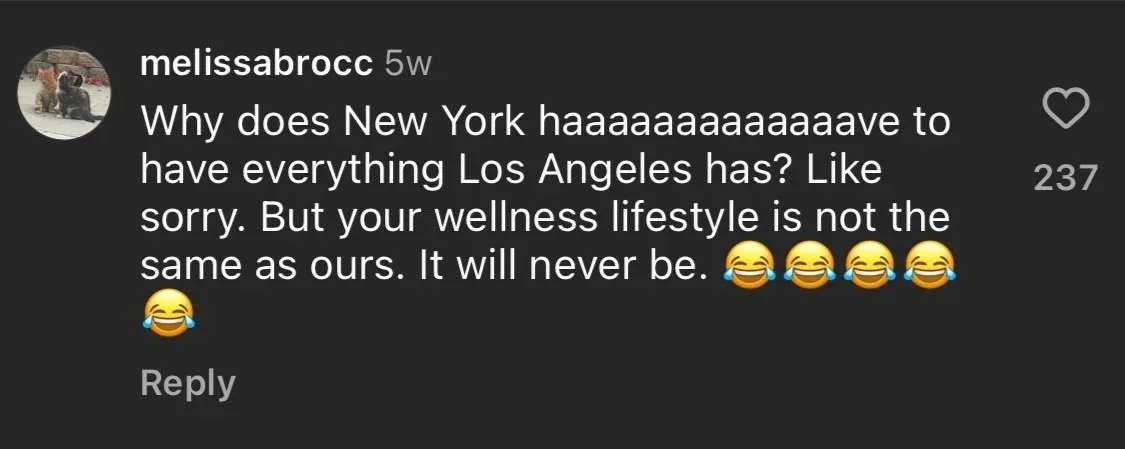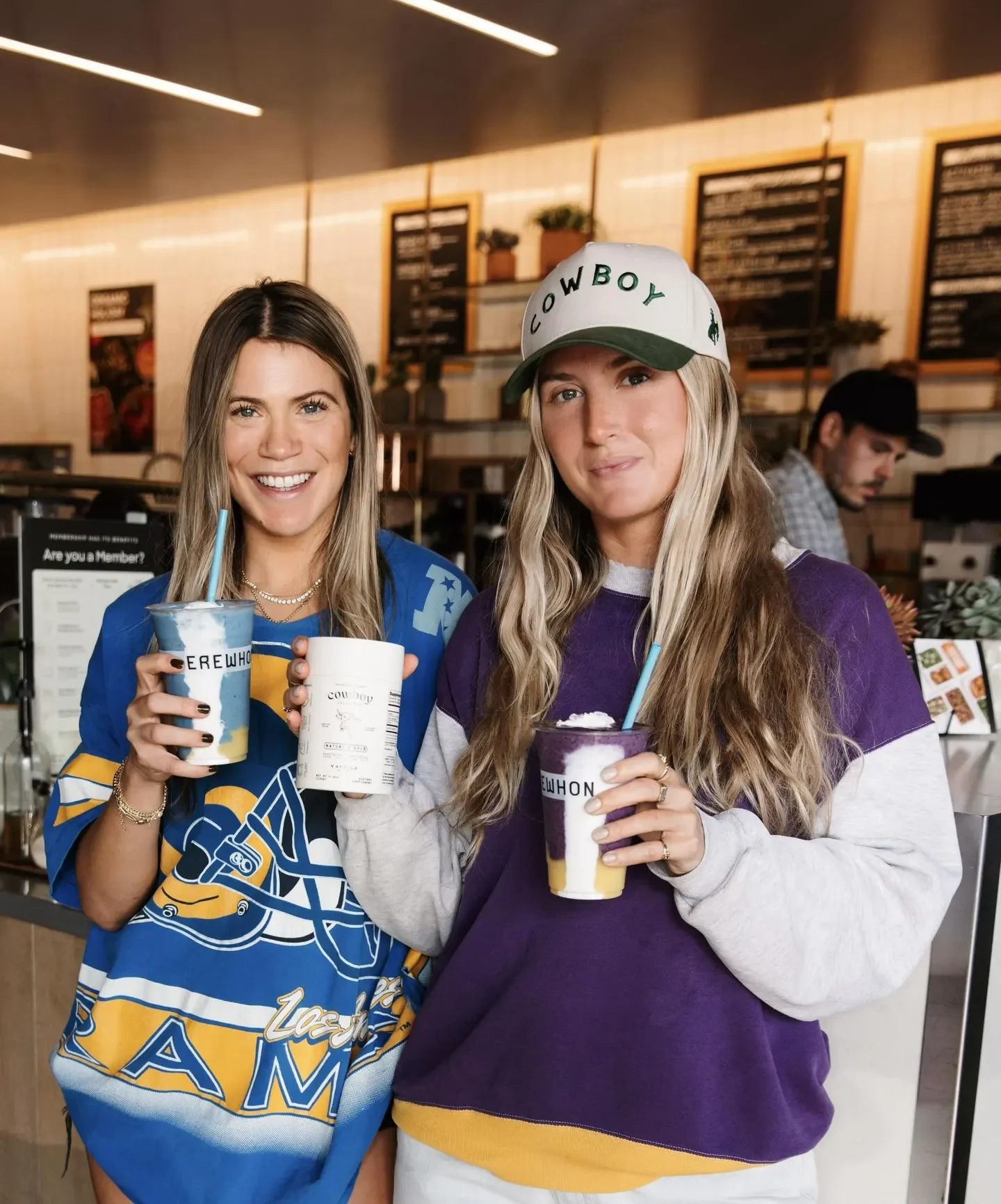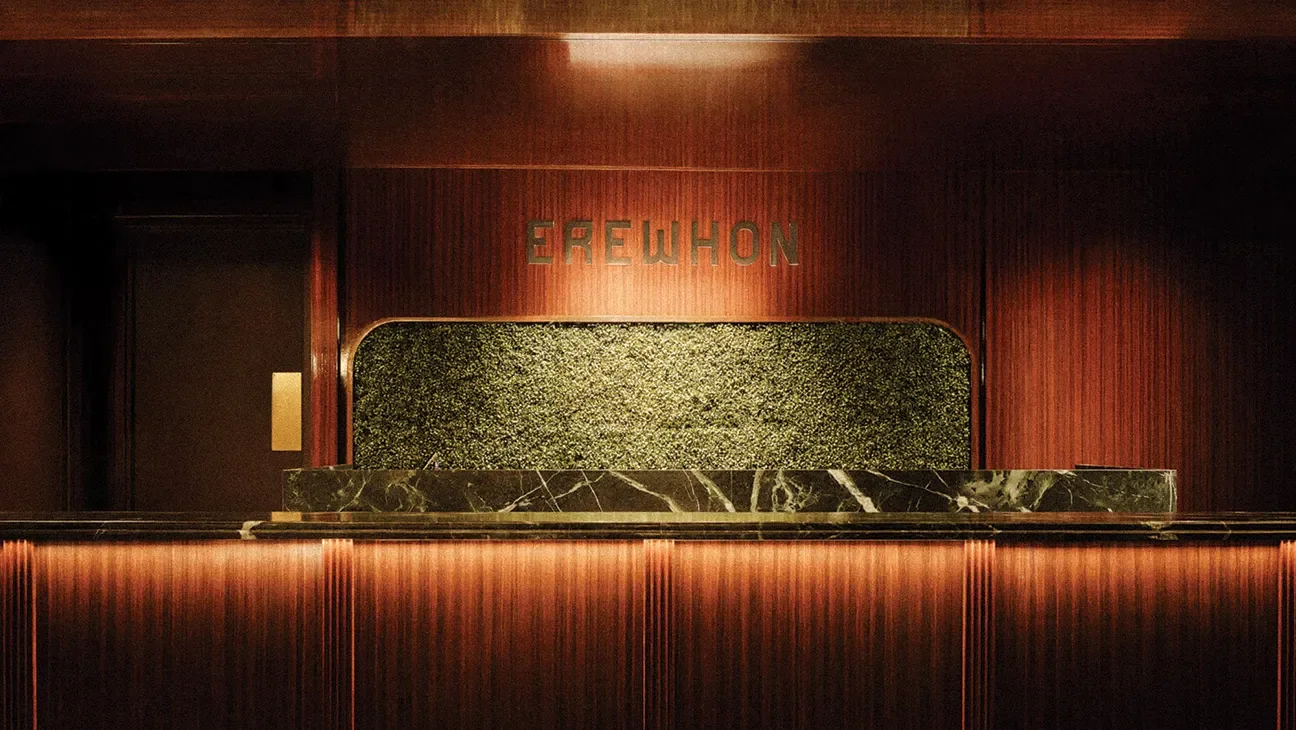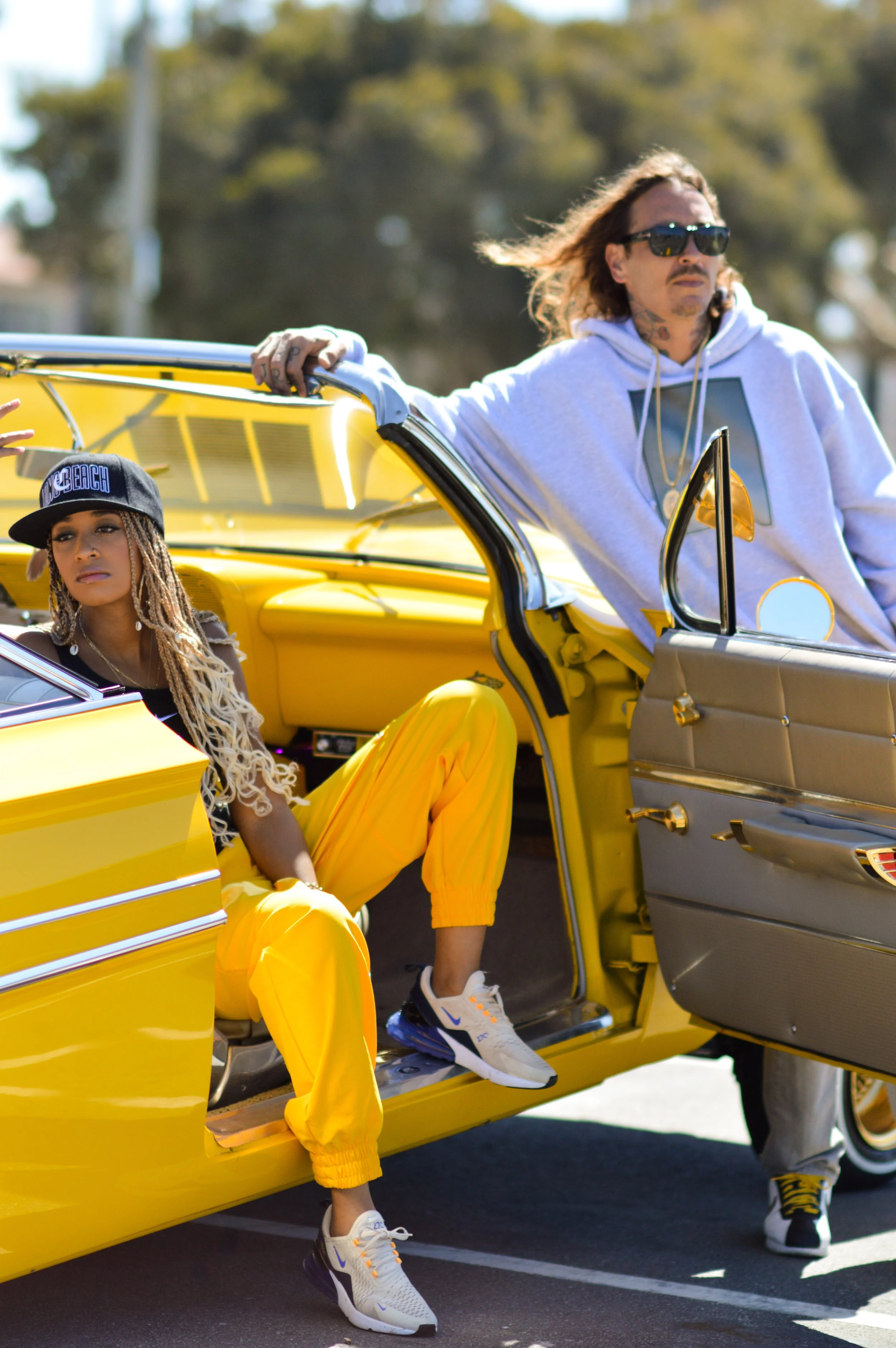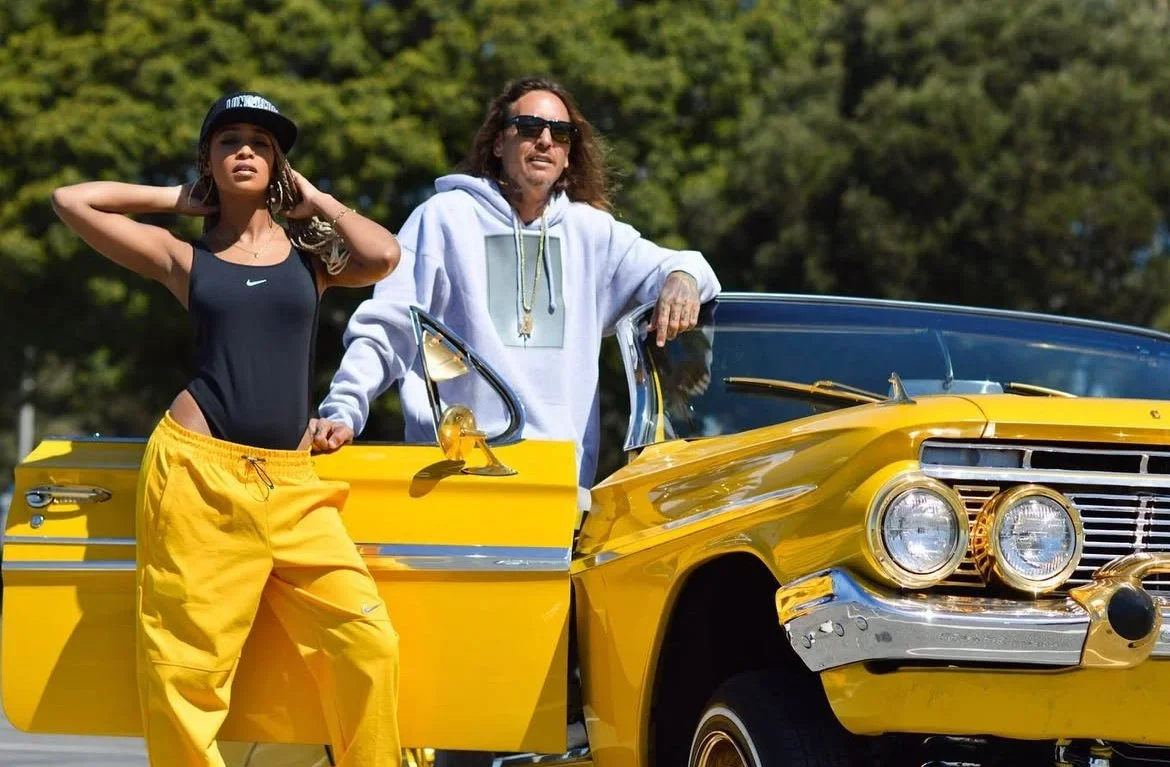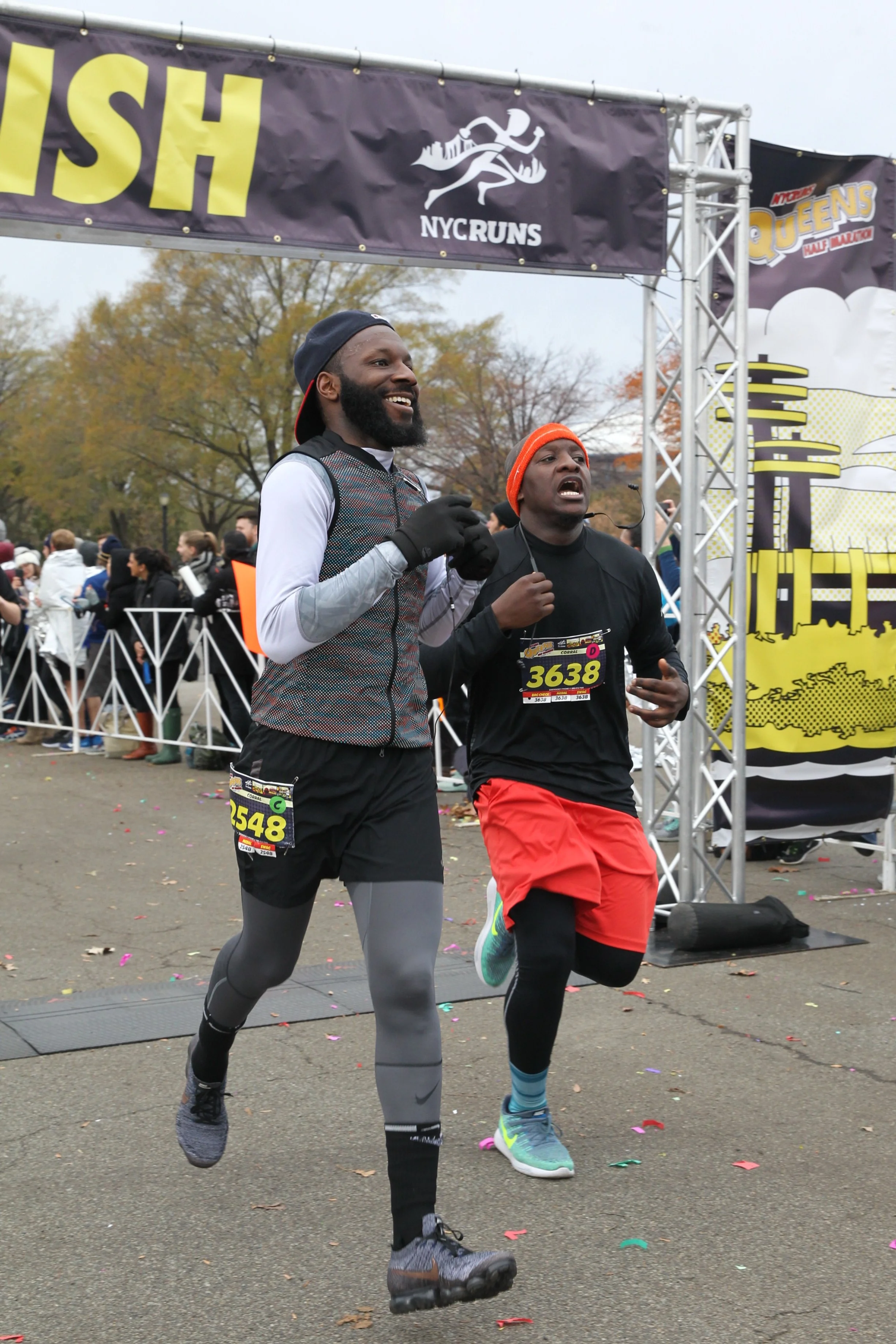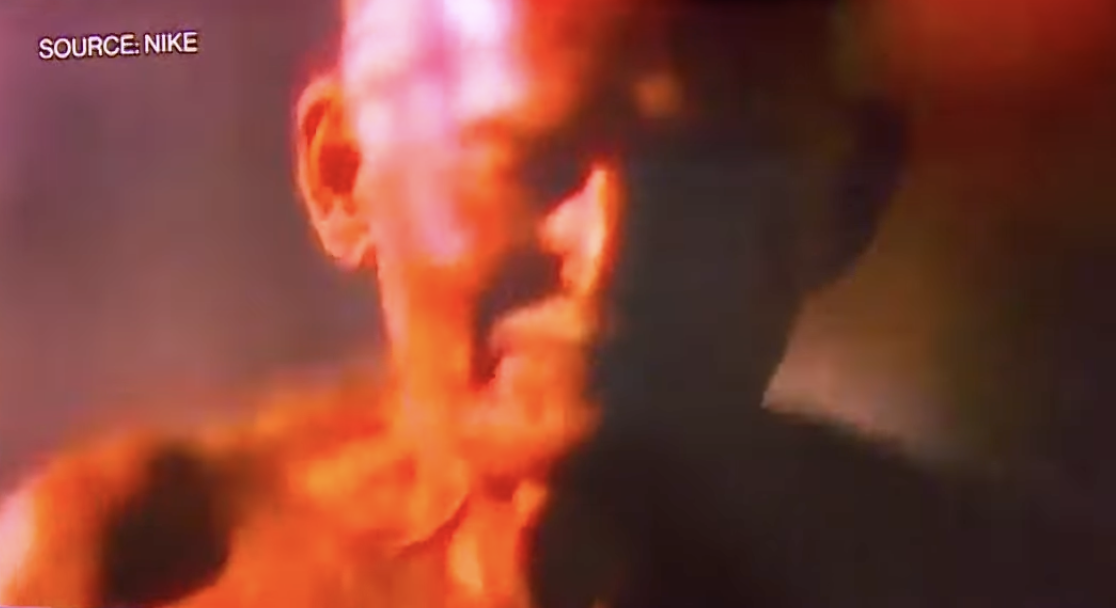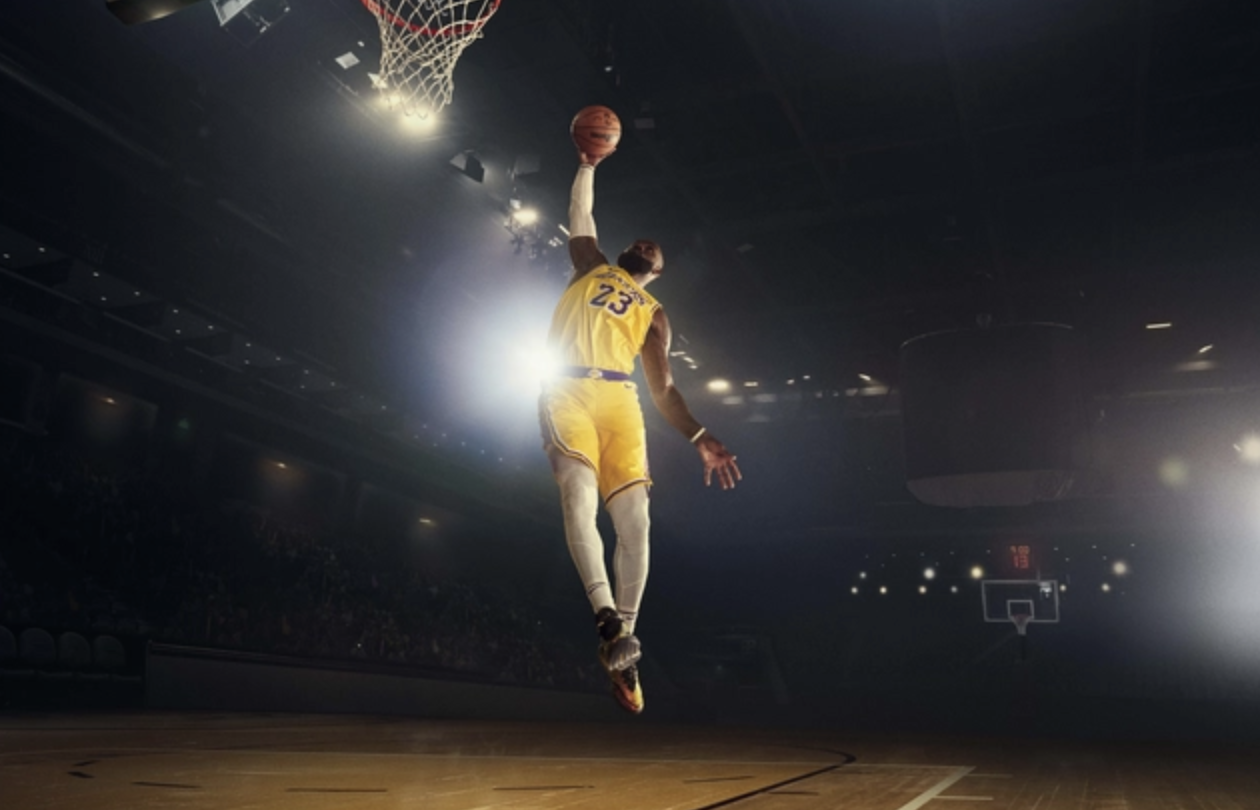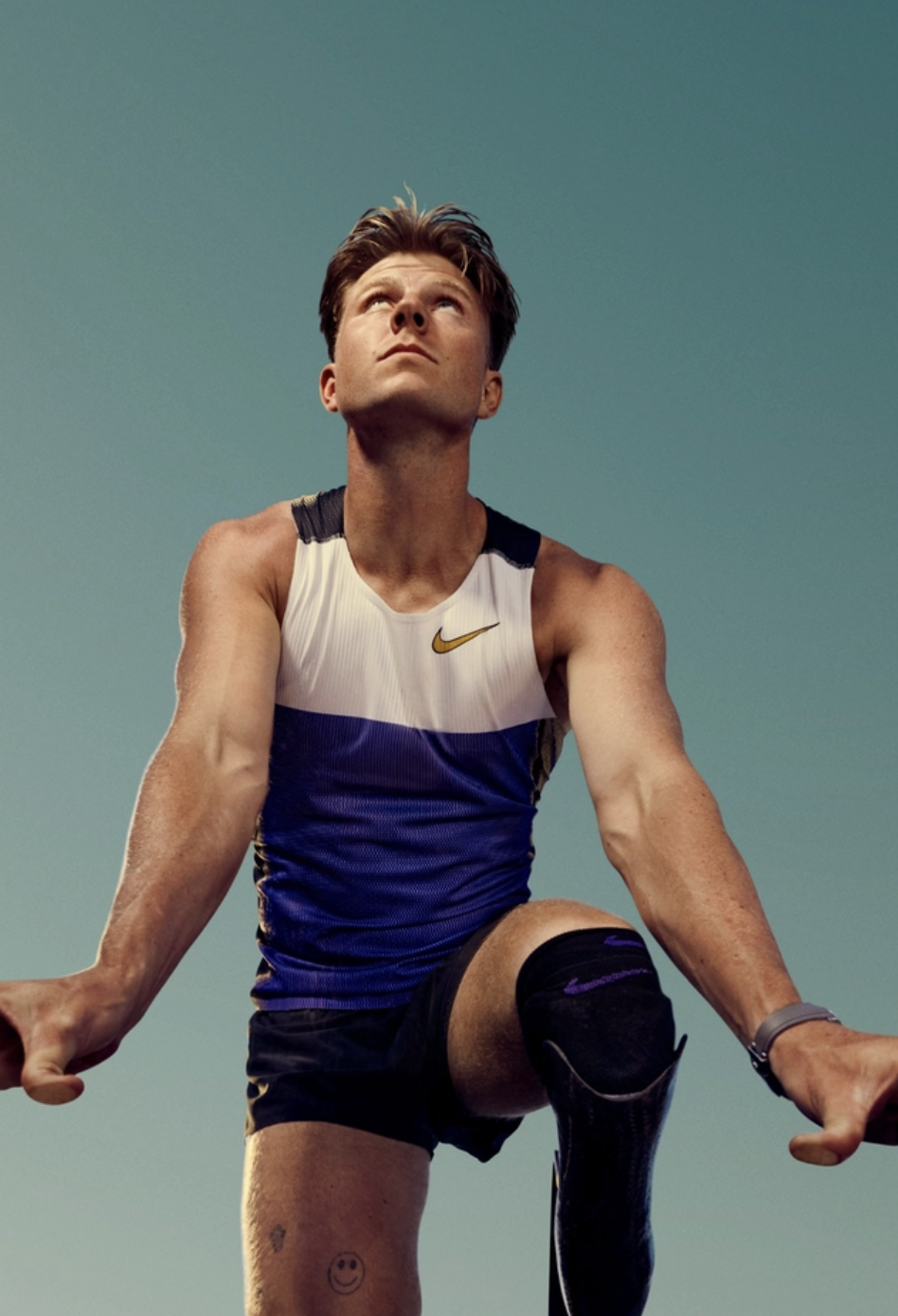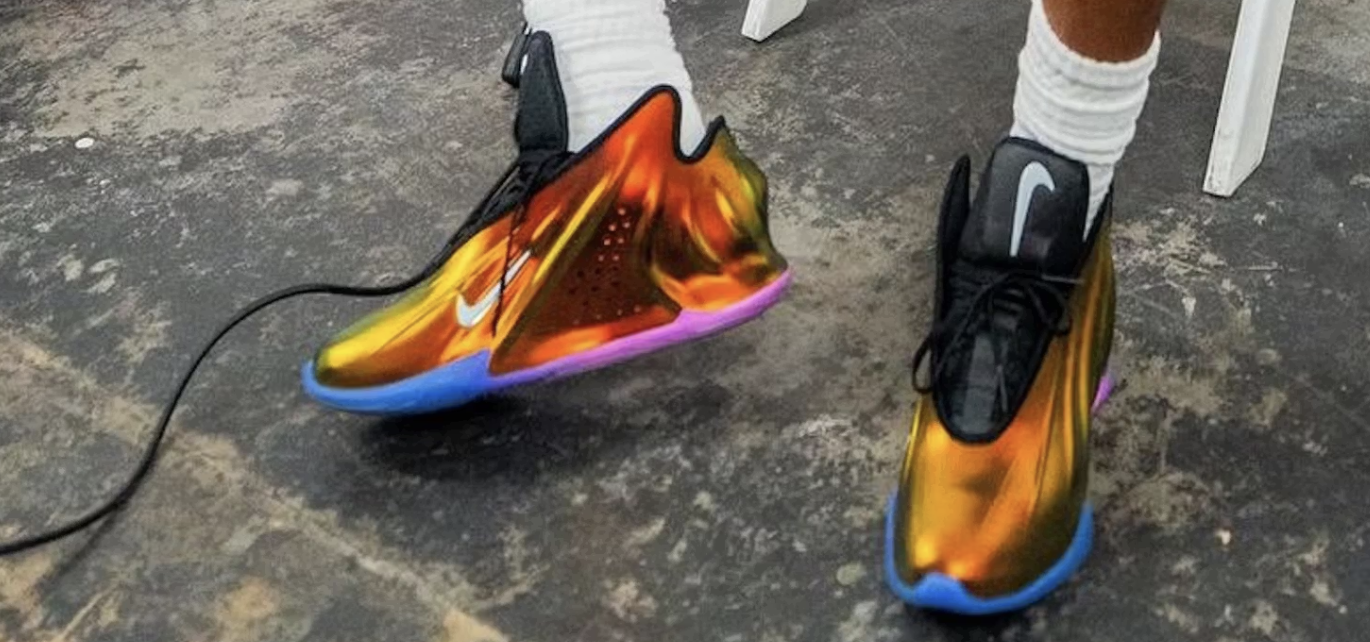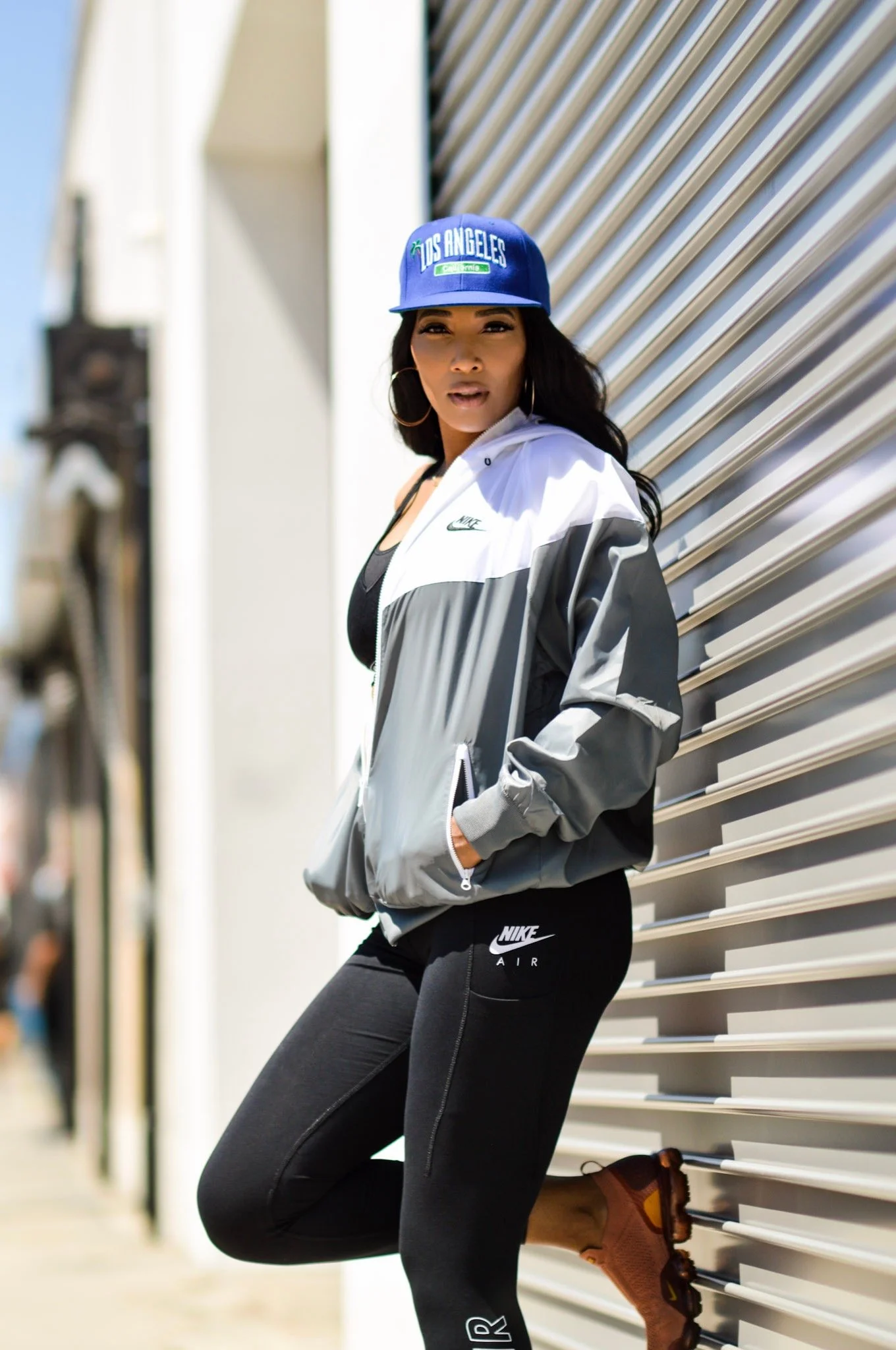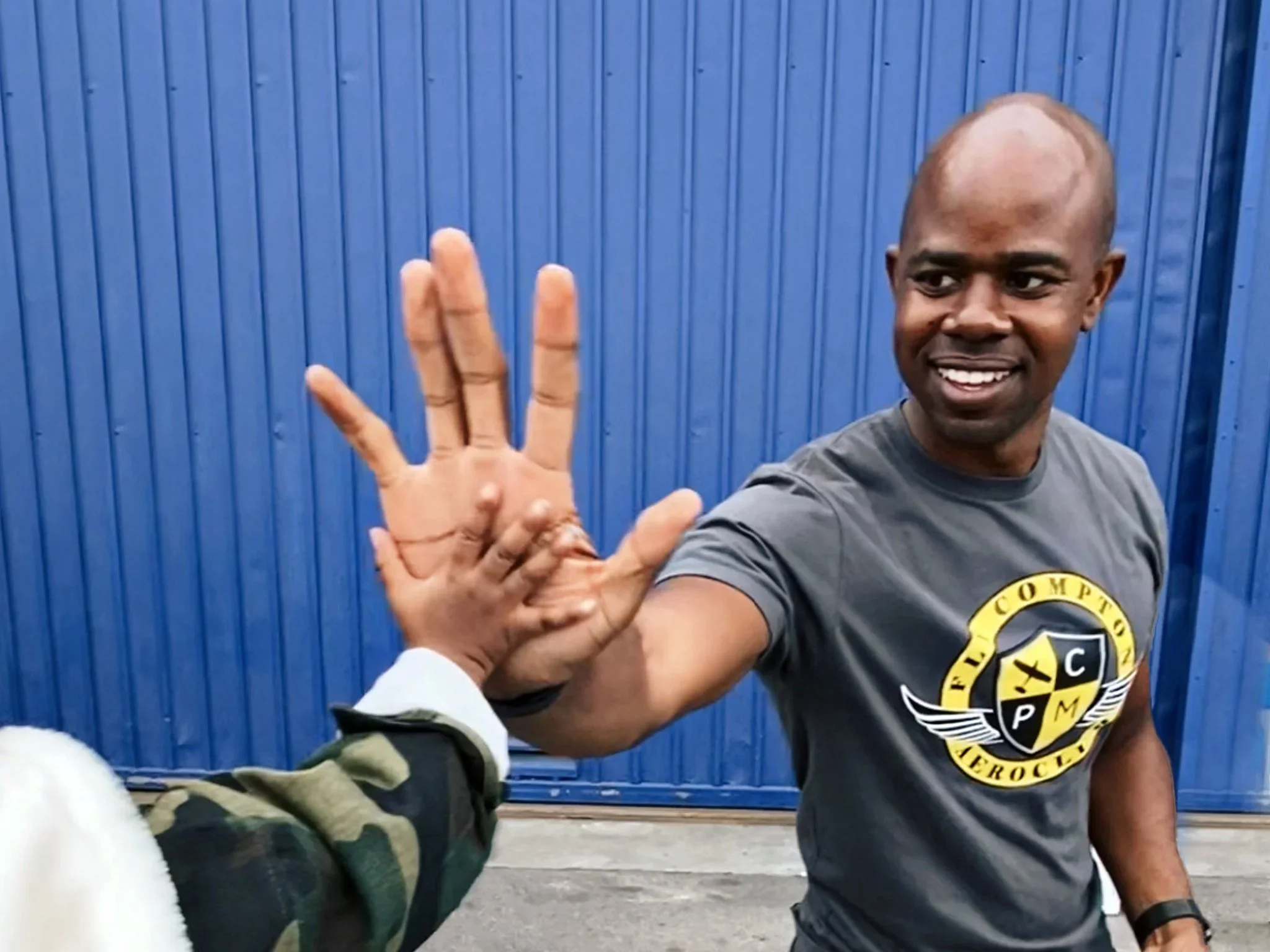THE STYLE HAUSE by Mrs. OBAMA
The Look By Michelle Obama
The Look: Michelle Obama barrier of light through every thread.
Michelle Obama opens her book with a profound observation: "Confidence cannot be put on. But when you're wearing something that is intentional or beloved, clothing can make you feel like the best version of yourself."
Everyone has a style journey. For the revered Michelle Obama, that journey started in Chicago with a regional mix of flair, ambition, and practicality. My own journey began in DC—a city that, while not traditionally considered a "fashion capital," has always possessed a long history of entrepreneurship, ambition, and boldness. Michelle Obama, supported by her longtime stylist Meredith Koop, transformed the nation's capital into the capital of fashion. This metamorphosis was made possible through her collaboration with an ambitious team of tailors, hairstylists, and makeup artists—much like the founding American entrepreneur George Washington, who maintained his own valet and Meredith's official title.
As Vogue proclaimed her "The First Lady we've all been waiting for," Mrs. Obama turned Pennsylvania Avenue into the longest runway ever. She demonstrated unrelenting support not only for the ideals of her husband's presidency but also for the core beliefs, practicalities, and needs of the nation—using her clothing as both message and platform for her own idealism and purpose.
There's a quote from The Look that synthesizes this perfectly: "If it's completely copied, it can't be style." The evolution of First Lady Michelle Obama—from her first days at Princeton in literal red, white, and blue with braids to the denim tuxedo on her book tour—stands as the statuesque definition of style and substance. This observation makes me wonder: style without substance may very well be just fashion, while substance represents the wearer's purpose, and style breathes life into that purpose.
Fashion has long served as a communication tool for both positions of authority and the marginalized. Historically, it was forbidden by law to dress above one's station in some states of the early United States, and for many, this rebellion evolved into an identity marker. Yet facing enormous pressure from reporters, bloggers, photographers, and political opposition—enough noise to crush anyone—Michelle Obama chose not to run from it. Instead, she embraced it for the sake of her unwritten legacy and the legacy of her well-dressed husband.
Having studied the industry as both observer and participant, I was struck with gratitude by the introductory message in her book: a note of gratitude. So stately and understanding, she acknowledges the unseen work of the people behind the scenes and seams who "use their expert hands to make us feel our best…your work is a gift, one that does not go unnoticed." Though many of us serve as our own stylists in professional settings, the goal remains the same as it was for the First Lady: 90% of what we communicate is non-verbal, and 90% of that is what we wear.
Michelle Obama used fashion as both tool and message. Whether it was J. Crew, beautiful brooches, a Compton College sweatshirt, "Shorts-gate," international travel and state dinners, or inaugural balls—every detail was considered, every thread had a tailored purpose. I write this article through the respectful lens of the history I know Michelle Obama forged for others, and ultimately for my two daughters and son.
Fashion has opened doors. Jason Wu gained international recognition through his designs for Mrs. Obama's gowns. Meredith Koop, hailing from Chicago, spent her early years like I did—pouring over fashion magazines in Barnes & Noble, never knowing she would one day serve as stylist to the First Lady of the United States. I never knew my designs would be worn by professional athletes, Hall of Famers, artists, comedians, and fans. The Look was totally unexpected for me when I heard of its release, though I'd followed the first couple's path closely and always respected their style and how they carried themselves.
In reflection, The Look is not just commentary about clothes—it's about how intention, planning, and collaboration can deliver a clear message. This model is ripe for adaptation in business, for through preparation, Michelle Obama consistently showed up as herself: a replenishing source of cultural capital, demonstrating what it means to show up as oneself everywhere your footsteps carry dominion. Lately, fashion can seem unimportant to some, but style is always in the eye of the beholder and builds a narrative acknowledged or not. Isn't there a bit of energy get from a compliment on a statement piece or while out and about just being you?
Michelle Obama while judged immediately externally—something she has no control over—what tool remained at your disposal to communicate a transcending message while backing up her intellect and ideals? Michelle Obama's journey from her first twirl in the mirror after returning home after annual school clothes shopping has evolved into an American icon's narrative, reminding us that clothes are meaningful and style sometimes speak louder than words ina beautiful way.
#MichelleObama #FashionHistory #PersonalBranding #StyleAndSubstance #TheBusinessOfCulture #StyleSection #FashionAsCommunication #DCCulture #CulturalCapital #FirstLadyFashion #IntentionalStyle
A Billion-Dollars worth of Dodgers Blue
Here's a thought experiment: if Dodgers hats were their own company, what would they be worth? Based on an estimated $210 million in sales and noting that New Era sells roughly 75 million caps annually—with the LA cap representing an estimated 6–8% of that total (with that number still climbing)—the LA fitted alone could be valued at $1 billion.
Think about that. One billion dollars derived from two interlocking letters that have become the unofficial flag of Los Angeles and California. That's nearly 20% of the team's total valuation, generated not from performance metrics or player stats, but from a mnemonic cue—a visual signal so embedded in the emotional and cultural architecture of the city that it transcends baseball entirely.
This is where sport crosses into neuroscience. The "LA" is not just typography—it's a mnemonic symbol. It triggers emotional recall, nostalgia, belonging, and civic identity in milliseconds. Fans don't simply see blue and white—they live it. That's the real billion-dollar business: emotional equity born from sensory exposure and deeply rooted cultural identity.
Memory, Identity, and the Culture of Caps
The first baseball hat I remember wanting was the Chicago White Sox. Why? Frank Thomas and Bo Jackson, of course. Then the Orioles—Cal Ripken. And then insert Spike Lee. A deep Yankees fan, the legend goes Spike asked New Era for a Yankee fitted in red. They obliged, and the rest is history: hip-hop, culture, fashion, Ken Griffey Jr.'s backwards cap, and championships colliding to redefine an industry.
By the mid-90s, fitted caps had become mnemonic extensions of identity—wearable memory systems. Every logo was a cue; every color, a signal in the emotional circuitry of pride and aspiration. Fans didn't just wear teams; they wore the moments, the cities, and players that captured them. Caps became the quintessential way to pledge your allegiance and share your style. It may be underestimated how deeply a team's identity and logo play into both brand value and championship fortitude.
Sports psychologists call this emotional conditioning—when repeated exposure to color, sound, and symbol creates a reflexive attachment. Children who first see their team's logo before age eight develop long-term brand loyalty that's easily observable in real-time in stadiums and social media platforms. The earlier the sensory imprint, the harder the allegiance shifts. That's why early sensory exposure is everything—it's neurological real estate driven by nature and design strategy.
The Yankees logo itself has pedigree. MLB notes that Louis Tiffany & Co. created the interlocking NY insignia, which first appeared on the Medal of Valor awarded by the NYPD in 1877. The Yankees adopted it in 1909—a logo steeped in luxury that only New York could provide. The beauty of the design, rooted in valor and luxury, proved to represent the grit and heart of the city. This unique association with the designer of the World Series trophies, through acts of valor, helps explain why the Yankees lead the league in championships. But another contender has arisen—one whose roots took hold in Brooklyn.
So when fans recall the first time they saw Dodgers Blue under the California sun, or Spike saw the Yankees for the first time—those moments are not just memories; they're identity formation imprints.
West Coast, Best Coast: The Rise of LA
The Dodgers, back-to-back champions and the biggest force in baseball as we know it right now (Game 7 viewership broke a 30+ year record), have LA squabbling up for its squad. As LA's culture expanded from studios to streets, its symbols became shorthand for global cool. Rappers, athletes, and directors wore Dodger Blue as both civic armor and creative statement. A staple in music videos and award shows, fitted hats became crowns of culture.
And while the Yankees' iconic brand is threaded to history from the luxury company Tiffany & Co., the Dodgers are approaching the apex of global cultural saturation. The "interlocking LA" logo became a habit reinforcement mechanism—connected to beaches, icons, cities, players, international stars, and champions. Every repetition strengthened the brain's associative link between LA, aspiration, and authenticity.
This is how color and repetition reinforce identity: habit reinforcement through daily exposure. Each hat, billboard, and broadcast becomes a microdose of city pride. Over decades, it's not just marketing—it's myelination, the physical hardwiring of loyalty into the brain.
Getty Images
The Mystery of the Interlocking LA
I'm fascinated by design, culture, and style. And this is probably one of my favorite stories in sports. Unlike the luxury origins of the Yankees' NY, the Dodgers' interlocking LA was born from manufacturing pragmatism and long-standing partnership. Though the storied equipment manufacturer was based in Boston, the story goes that "someone" in the Brooklyn office suggested the interlocking LA during the team's westward transition. But therein lies its genius: authentic origin, universal adaptability.
The simplicity of the design enabled infinite repetition across media, eras, and cultural genres. This adaptability is precisely what makes it the perfect mnemonic architecture—it scales, flexes, and remains emotionally intact.
It's the visual equivalent of a chord progression: instantly recognizable, emotionally reliable, infinitely remixable.
This story reveals the beauty of business partnerships—how a manufacturer helped seal the identity of the country's newest baseball dynasty decades before Game 7 of the World Series. The intimacy that manufacturers and designers have over the stewardship of their partners' brands has yielded fruit for generations.
Stewards of Memories
Josh Harris once noted that his ownership group are "stewards of memories." That line carries profound psychological weight. Because in truth, what fans remember—the logos, the colors, the chants—are the mnemonic cues that store emotional experiences. Every jersey, every scoreboard moment becomes a symbolic container for memory and meaning.
When a child wears a city's colors, they're not just watching a game; they're encoding identity. From that first Thanksgiving at their father's knee watching a burgundy and gold jersey flash across the screen, their brains are mapping belonging through these sensory experiences. The brightness of a jersey, the roar of a crowd, the feel of a cap's brim. These become the touchpoints that, decades later, make a fan tear up when they see that same logo. The ownership group that Harris and his team put together for the Washington Commanders all have these core memories that formed their love for the nation's team, DC's heart and soul.
That's the hidden business of culture: turning emotion into equity.
The Paradox of Less is More
The NFL's 17-game season demonstrates something fascinating about scarcity and mnemonic strength. Fewer games mean each exposure carries more weight. Each Sunday becomes a ritual, a reinforcement of identity through rarity and repetition. Fans crave consistency—and each viewing reactivates those emotional pathways.
So when we talk about the NFL's towering valuations, we're really talking about the neuroscience of anticipation—the conditioning power of scarcity. Less isn't just more; less is memorable.
LA: An Undervalued Empire
LA's market is an empire of mnemonic gold, purple, and blue. Its championship pedigree and entertainment synergy make its icons—from the Lakers' purple and gold to the Dodgers' blue and white—the most recognizable visual language in global sports.
Each color palette represents a psychological franchise of its own. These visual cues build emotional continuity across sports, music, and fashion, creating a cohesive civic narrative. The simplicity of baseball's iconography and civic identity fully encapsulated in two letters—may be underrated. LA's hats, jerseys, and logos aren't accessories—they're identity transmitters. What two-letter city will arise next to the stage of world sports?
The Unified Brand Thesis
For cities like New York, Los Angeles, Chicago, Philadelphia, Boston, Detroit, Denver, Miami, Dallas, Minneapolis-St. Paul, and San Francisco—cities that have all major professional sports teams—the sports saturation creates an identity challenge.
Imagine, then, a unified secondary mark—one that complements, not competes. A logo that functions as a mnemonic bridge: connecting teams, fans, and city identity through shared color harmonies and emotional recall for these cities.
Cities like New York and Los Angeles have monetized pride into permanence. And maybe it's time for cities to discover a single, powerful cue that threads authentic city culture through all the sports franchises.
Closing Reflection
In the end, logos aren't just design—they're memory infrastructure. They're the visual shorthand for who we are, where we're from, and what we belong to. And when those cues are repeated across generations, through hats, movie sets, and shared rituals, they evolve from marketing assets into cultural legacies.
Because a logo doesn't just represent a team.
It reminds us we were there—and that we are forever threaded to these moments that connect us all.
The Best Hood is Fatherhood - A Brave New World
The Best Hood is Fatherhood - A Brave New World
“The best Hood is Fatherhood”
The journey to fatherhood is a distinct demand and in today's world—father's taking care care of themselves mentally, spiritually and physically is an new economic shift that's will and is reshaping markets.
It wasn't until fatherhood—and the budding marriage to my wife Christian Warren that made it possible—that I began to find my tribe. Bubbling for some time in the public culture is the spotlight on fathers. My observation of the broader visibility of fatherhood began in New York City public playgrounds and museums, where I witnessed style, love, and cool dads in their natural habitat, love.
I sensed I would be a father early on, but how, I had no clue.
"...but New York Has them ALL."
New York prides itself on hustle and community—and it's an epicenter of fatherhood and family in many forms. As the author of A Beard Like My Dad, it was this place that showed me dads (and us all) can have, at minimum, two things in common; pride in our children and pride in our appearance. When I saw a dad with a nice jacket, I would say, "Hey man, nice jacket." This experience continued and was reciprocal—a subtle nod when pushing my son in the stroller or walking him through Brooklyn. In the business of culture, aesthetics aren't superficial—they're signals. When fathers embrace both expressive parenting gear and personal style, they're expressing the blended choice of identity and responsibility. These choices become visible manifestation of a value system that says you can be fully present as a father without disappearing as an individual.
As I started to look around, other dads, stylish and embracing fatherhood, carried harnesses, strollers, snack packs and all. What did I learn? From Jewish to Muslim, from Caribbean to Latino fathers, we all loved our children and all had a style of our own.
This common thread—the intersection of fatherhood, love, and personal style—showed up in everything from strollers to shoes to diaper bags. It revealed that a new frontier of fatherhood has emerged, one where the well-groomed dad with a Dr. Brown's bottle in hand is the new normal.
The Village It Takes
Maybe one of the first of my group of acquaintances and friends to have a baby, the journey wouldn't have been complete without my wife. Stories like Hair Love and others emerged during this time. Reading time became key bonding time with my little person and then persons. We had our first daughter in 2019 and the in 2020, our last daughter and child. My mother always shared: don't talk to babies with babble, talk to them like people. That's what I did, and all three of them can have inquisitive, thoughtful conversationalist. I'm proud of that.
As both a participant in and observer of this shift—as a father, author, and cultural analyst—I'm watching a market transformation in real time. Fatherhood has always been the universal language that transcended our differences. Whether pushing strollers through Park Slope or Crown Heights, the nod of recognition between stylish, engaged fathers created an informal brotherhood with artifacts that compliment and affirm.
Generation Health and Wellth; A New Standard
I wasn't going to write anything this week, but with a commitment to an article a week seeking to provide thoughtful commentary on style, culture, and business, fatherhood stood out after last week's article. I saw a post about the activeness of fathers in this generation, and it was rather encouraging.
Unique to the progress of culture, wellness continues to emerge, and its influence has trickled over to fathers and husbands, from wives to children. Prime example: My wife's mother (mother-in-love) places something in the microwave for literally a few seconds, and my son says, "Grammy, you can't do that. It's the microplastics." This seven-year-old schooling a 60+ year old, in his colorful collared shirt sitting at the counter with no jokes about it, is hilarious but very true.
Generation Alpha, raised by these active fathers, are becoming culture's gatekeepers. When a seven-year-old schools his grandmother on microplastics, we're witnessing the transmission of new values—wellness, environmental consciousness, critical thinking—that will and is reshaping consumer behavior. This generation is inheriting not just lessons, but a worldview. And with more active dads, blended families, and positive notions from pop culture, men are loving fatherhood—to quote my guy Gucci Mane for the title of this article, we only see the literal tip of the iceberg jewels that has adorned the rappers wrist. Sharing how a new birth, literally feel like the first time for him, culture is elevating fatherhood.
Fatherhood in the Cultural Conversation
Oddly enough, and for good reason in some sense, I typed in "fatherhood" in the search bar of my Google home and Kevin Hart's movie shows up in the algorithm. Maybe I was expecting my book (another plug), but Kevin Hart has sought to provide the seriousness of fatherhood with some levity for some time and I respect that. His comedic take serves an important function: it adds accessibility to a weighty responsibility while still treating it seriously.
Fatherhood is no joke—it's a critical force that can shift two to three generations. The wisdom of Proverbs reminds us of this truth, while actors like Matthew McConaughey, Denzel Washington, and Samuel L. Jackson are open about the influences of their fathers, their own efforts and shortcomings, while uplifting their wives and mothers as well. Writers and filmmakers are grappling with notions of fatherhood in dynamic ways. This is progression, and progression is always the right direction.
The Effects of Modern Fatherhood
My curiosity leads to thoughts of industries soon to be impacted because of fatherhood's activeness, lifestyle choices and broad desire for longevity. One example of a shift taking place in market place is alcohol consumption, for instance.
U.S. alcohol consumption has hit a 90-year low, with only 54% of American adults reporting to Gallup they drink alcohol in 2025, down from 62% in 2023—the lowest rate since Gallup began tracking in 1939. However, non-alcoholic beer grew 23% between 2019-2024, and non-alcoholic beverage sales approached $1 billion, with consumers purchasing 22% more non-alcoholic beer in the 12 months ending November 2024. Dads are trading in the booze for booch' (short for kombucha.)
Adjacent to this trend is an explosion in coffee consumption and daytime social culture. Daytime coffee and brunch parties are surging as traditional nightlife declines. In the UK, nightclubs have plummeted from over 3,000 in the early 2000s to fewer than 800 today. Cities worldwide are embracing high-energy, alcohol-optional events that focus on wellness and community over late-night excess. Coffee day parties represent a cultural shift toward health-conscious, experience-driven socializing.
With the advent of run clubs and endless rabbit holes of information regarding health on all fronts, 21st-century dads and families are having mental pathways cleared to support a robust Generation Alpha. I'm not much of a fan of the Demolition Man future with Wesley Snipes and Sylvester Stallone where Taco Bell is a luxury high-end restaurant and burgers outlawed, but I am pro-health. Healthy families create a healthy culture, allowing for legacies to be established and not uprooted by generational exposure. Your legacy is often what you give and what you create. And the blessing of family is can to continue to serve society well.
Fathers are choosing morning run clubs over happy hours, coffee parties over club nights. This isn't a niche trend—it's a fundamental restructuring of the male consumer. The father demographic represents spending power not spoken to that goes far beyond ties and socks. They're investing in experiences, the stock market, wellness products, family-centric activities, and yes, style that works for content, boardroom and the playground.
The Connecting Thread
Recent stats and trends tell a story that brands can bring to the forefront of their strategy built on the purpose of societal uplift. As fatherhood becomes more active and wellness-focused, consumption patterns are shifting dramatically.
New market are emerging—or rather, already here—for companies and brands to start building intentional frameworks for long-term lifecycle that men to fathers experience. Ties and socks are no longer the go-to for today's dads. Today's fathers value experiences and have dynamic lifestyles. From athleisure that transitions from playground to meeting, to wellness products that support their health goals, to family experience brands that create memories—the dad economy touches all corners of culture.
A Brave New World
The cultural shift is underway. We're not just raising children differently—we're raising children who will demand different things from the marketplace, from media, from culture itself. The fathers leading this change are writing a new playbook, one that honors legacy while embracing evolution.
The best hood, indeed, is fatherhood. And this brave new world? It's looking pretty good.
The most stylish museum in the world, from the minds of the future: Where finance and art inspire. The incalculable style of Melody & Big G.
"You have to have the kind of personality that says, I've got an idea—and I want to see it be real." — G. Lucas
Being currently in the throngs of an Executive MBA pursuit and engaged in a Financial Management course, comes this week's Style.Section inspired by a band of three threads: Melody, George, and the Lucas Museum of Narrative Art. Inspired by the WSJ's recent profile of Innovator Award Winners, Melody Hobson and George Lucas have taken on new titles: co-founders.
Any structure or experience with no corners is tasteful and a visual expose of intelligentsia, allowing the flow of ideas, energy, and life itself to move through space. According to WSJ, the first floor of the Lucas Museum of Narrative Art is just that and more. These two forces in my creative and business affairs have each sparked my curiosity in their respective fields. Though their style from the MET Gala captured my attention this year, it is their highly anticipated museum that is now capturing my heart.
Museums have been foundational bricks of my taste in art, history, and culture. The love started in DC, sitting on the sidewalks of Constitution Avenue watching parades with my family and later marching in them as a safety patrol in grade school, trombonist in middle school, and drum major in high school. Museums have guided the framing of culture while lived experience taught another.
When Kids Recognize the Future
From a vehicle traveling 60mph on the 10 freeway in South LA, my kids ask, "Is the museum done yet?" They inquire about the gleaming building with me constantly, like it's my own and I'm building it. Maybe not this museum, but one day, like George and Melody, my family's ambition is to build a museum that brings the world together in one place—because I know the impact they can have.
The data points to broader societal impacts of museums, with some researchers noting that museums are seen as more trustworthy, "ranking second only to friends and family." This puts these cultural institutions above "researchers and scientists, NGOs, news organizations, the government, and social media," according to the American Alliance of Museums.
Melody and George are now more than just stewards of capital and our imaginations. With the Lucas Museum of Narrative Art, they are now stalwarts of public trust, a role the couple is poised to embrace in a pensive manner. Melody Hobson, one of the most well-respected figures across industries, shares with the WSJ that, "We've said that we're holding society's money that we fully intend to give back." Always the steward of capital, she steps in lockstep with her husband on a vision so grand, it will literally change the world.
Washington, DC's Smithsonian museums have sincerely had their run. The MET, of course—a stalwart of history and style—will continue to reign. But oh my, this museum from the mind that "saw into the future…executed it," says Martin Scorsese, will be nothing short of a theatrical full sensory experience. This work of galactic art will live well beyond my children who watched the museum being built.
And yet, though I thought spaceship, the WSJ reveals that architect Ma Yansong says he had tree canopies and mysterious clouds in mind for the building's shape to beckon people inside. In reflection, the shape in person and from a distance can confirm—it beckons even the youngest natural eye of my daughter at age 6. Kids can very well recognize the future when they see it.
Style That Endures
Melody Hobson, an entrepreneur and steward of capital for thousands of individuals, corporations, city sports teams and more, is one of the most stylish in this known universe. My man George, he's stylish too in an understated nod to his broader creativity. Yet the cool thing about this couple is not necessarily their clothes that represent them, but what they create that endures.
Portfolios, team identities, "out of this worlds," genuine connections and friendships, projects—all speak to their level of taste and what they believe. What are our core decisions, intentions, and projects sharing about who we are, and how well can they endure?
Galaxies Far, Far Away From Where They Started
The echoes of their careers—George's and Melody's—are journeys in galaxies far, far, far away from where they started and are today, standing in front of the massive visual odyssey that is the LMONA (I'm coining this term), a little under a "light year" away from the University of Southern California. Each of them faced opposition in multiple chapters of their lives and yet prevailed.
Studios were hesitant about Lucas' scripts after his first film debut. "Light sabers," "the Force," "good and evil archetypes"—it sounds trivial now to think these were not great ideas at first pitch. But unique to visionaries and their style of communication, it turns out they need collaborators. Oh, I forgot—his ideas also sounded too expensive.
Could you imagine Seth Rogen listening to George Lucas' pitch in the next season of The Studio? Greenlights I'm sure from the jump. But for George, this was the mid-70s, and for some, the future had only been seen in written form. George's dilemma reveals the essence of collaboration: opposing forces (with purpose) that complement. Ralph McQuarrie, a technical illustrator for Boeing, gave shape to the world within George's brain and the world he penned on the page. The rest is a five-decade-long career and $4 billion sale of Lucasfilm to Disney that has proven to be just the prequel of his legacy.
Patient Capital Pays Dividends
Melody, a respected voice and in her own right a curator of personal experience and culture, has built empires with an eye for value and long-term impact within short-term market experiences. Melody earned her grit well before serving as co-CEO of Ariel Investments, the largest minority-owned investment firm with $13 billion in investments under management.
The "slow and steady wins the race" philosophy has yielded results that have stood the test of the market. Is not the market time itself? Patient capital pays dividends. Yet this philosophy is what has molded Melody into a titan of industry. This style of investing led her to wait patiently to enter sports at the right time, starting with the NFL's Denver Broncos investment, and then leading a fund dedicated to the advancement of women's sports—"Project Level" Women's Sports Investment Fund, with Commanders' C-Suite alum Jason Wright serving as Managing Partner and Head of Investments.
Her leadership style has earned her board seats and the ears of other titans, but IMO, nothing may compare to the heart she captured of the nation's soon-to-be or already national treasure, George Lucas. But for him, in his new life as museum co-founder, he notes: "A museum is harder than making movies." Thankfully, Melody is gleefully there by his side to let the world glimpse his mind until LMONA opens.
The Force of Collaboration
The audacious effort that is LMONA may have proved impossible were it not for George's most important collaborator: his wife, his force of reason. WSJ's profile reveals why collaboration is important to innovators. You do not innovate until you execute, and you do not execute until you effectively collaborate. The couple's career, work, and success reveal that collaboration is the foundation, but like in all worlds, near and far, it all starts and ends with the driving force of family, legacy, and vision.
Look no further than Star Wars itself—family drove the narrative. I mean wow, imagine being a fan and hearing Darth Vader say "Luke, I am your father" for the first time…mind blown. Family: the most dynamic feature of life, the greatest collaboration that brings forth beauty capable of growing from ashes or lush greenery.
But from the moment the first frame was shot for the original trilogy, Lucas was fraught with challenges. From skeptical studio executives to a struggling crew on the first film, Lucas remained the fearless leader who financed the second film, The Empire Strikes Back, with his own money. Over budget and behind schedule, sitting in the driver's seat of this unprecedented vision, Lucas rallied—bearing the weight of both financial and creative burdens—and pushed the film to the finish line, all while keeping that legendary plot twist tightly under wraps.
In this new episode of his life, there are no secrets about the LA monument floating in the sky. With a career and wealth built over nearly two generations, only a titan like Melody could help George steward the proportions of building a cultural empire that will live well into the next generation.
Shaped by Family, Driven by Purpose
Both Melody and George emerged from family experiences that shaped their destinies. Melody's life was influenced by family and the grit of her mother and Chicago. George's ideas were transformed through a three-month recovery from being broadsided in a car accident before graduation—an event that led him to pursue art school, even as his parents refused to pay for it. From those origins to this moment, their journey stands as testament to the power of collaboration, resilience, and the forces that shape us.
Lucas, the ever artist, is a G. And Georges have a way about themselves. When G. Lucas is criticized that the museum is a shrine to himself, he responds: "I'm making a museum for what I call the orphaned arts." I cannot personally argue with that ambition.
His stance for the underrepresented may very well align with that of Thelma Golden, director of the Studio Museum of Harlem, who will be celebrating the opening of their new building in less than 30 days. A savant of broader culture, Golden unrelentingly gives voice to emerging talents from all walks of life and the galaxy that is Harlem. As some art in the collection at LMONA was literally considered trash by some accounts, Lucas stands up for the collection and what the museum's ambition is about—"the art people respond to in the real world."
As plans in San Francisco and Chicago folded, LA became the path. Reflecting on Melody's role in securing Los Angeles as the museum's home, the former mayor recalls: "It wasn't just nuts and bolts. She had a very gentle touch with a very strong message."
When Obstacles Become Opportunities
Oh my, how obstacles can become opportunities. George's early savviness—meticulously planning the balance of scenes in The Empire Strikes Back down to each frame at $20,000 apiece—helped him control costs and deliver returns to his primary investors at the time: himself and the banks that lent the money. Though this approach went against his father's early wisdom to never borrow money, it provided dividends in the long term.
It is this disciplined stewardship, combined with his deep love for his art and the future of filmmaking, that was built at Lucasfilm frame by frame, movie by movie. Perhaps it was precisely this vision—a creative empire built on calculated risks and unwavering belief—that drew a financial artist and galaxy in her own right into his orbit. Two forces, bound by shared values of purposed capital, long-term thinking, and the courage to build legacies that transcend a single lifetime.
A More Stylish Future
So when it comes to the beauty of two lives that emerged through triumph to steward the finances to complete such a genuine work of art and build a literal legacy—indeed, the Smithsonian is loved, but Star Wars, its themes and ideas, are enshrined for the enjoyment of connection. Connection to our higher and/or inner selves.
To live in a more beautiful world filled with real-life experience as we get deeper into the universe of apps that are our phones, I would like to thank one of my favorite couples for giving us—my wife and our kids—something to look forward to: a more stylish future designed from the inside out.
May the force of love and labor be with us all until we experience the LMONA for ourselves.
"George told me years ago there's nothing harder than a blank page," Hobson says. "We're doing a blank-page version of a museum. And it's reminiscent of all the hard things we both have ever done. That part feels uncomfortably familiar." — Melody Hobson, WSJ
#MelodyHobson #GeorgeLucas #LucasMuseum #Leadership #Innovation #ArtAndCulture #Museums #Philanthropy #LosAngeles #VisionaryLeadership #ArielInvestments #StarWars #BlackExcellence #WomenInFinance #CulturalInstitutions #NarrativeArt #LegacyBuilding #Collaboration #StyleThreads
The Style of Erewhon: Health is WELLTH
A $20 smoothies. A $170 hoodies. A billion-dollar grocer. Welcome to the new luxury.
Have you ever seen a grocery store sell a $170 Chaga Hoodie or a $138 Traveler Bag? There is only one place (well, technically several places in California) and soon to be one place in New York to get such merchandise paired with organic tonics, "ROOTED IN WELLNESS, CONNECTION AND PURPOSE." That is Erewhon. From a book to impeccably merchandised shelves, Erewhon is the most stylish grocer ever.
I first heard of Erewhon last year at Alma's Backyard Farms in Compton as a new acquaintance provided me with some color on the said $138 Traveler bag. My curiosity peaked. Not only did I discover impeccably stocked and merchandised shelves (the first thing I noticed walking into The Grove location), but I soon discovered in subsequent visits a little favorite thanks to my wife at the coffee bar—the Salted Maple Cowboy Brew and some rather delicious heirloom cashews. That Cowboy joint at $11.25 with organic cashew milk I admit is tasty.
And yeah, Erewhon is not all about the price of their influencer-driven $20+ smoothies. The brand in simplicity is honestly a simple echo of pride. It's the pride that I witnessed from my guy Trinidad at the Manhattan Beach location. After a busy rush at the "tonic bar" he came from behind the counter and picked up a light litter of napkins and straw wrappers and returned back to his post. It’s the busy workers pulling all the packaging forward so that the shelves always appear full, and it's the strength of a name, EREWHON branded from the back of the employee partner black sweatshirts reinforced at check with black and white stickers for singular purchases reminding us that this place means something different.
The brand's growing impact on California culture and how health and the commercial exchange of it, no matter how packaged, alongside impressive profitability, will not go out of style.
Intro Into Retail 101: Up Against The Wall
I had a manager at my first retail job in DC Proper at a place called Up Against The Wall. Anybody remember this store? Al Hebron was a merchant! This particular location on Georgia Ave on the campus of my soon-to-be Alma Mater, Howard University, would see the likes of many launches, celebrity sightings (Biggie avoiding a crowd in the fitting room), and serve as the home base for the fashion forward campus goers during Homecoming. This place holds a place in my heart not for these cultural moments alone, but for the culture established around cleanliness standards, presentation, merchandising, and visual merchandising that resonated within my first experience at Erewhon, not the cost.
The nightly routine: sweep the corners for dust bunnies, clean the windows, scrape the gum (sorry O'Leary, I wasn't trying to impress girls at the time, but I understand his signature story), merchandise and fold each section of jeans, fold the shirts, make them even, space the hangers, and so on. This nightly and daily routine to make a shop pristine for the next guests and always appear busy during open hours all to be ready for the next sale echoes principles found even in "Thou Shall Prosper" by Rabbi Daniel Lapin. This notion of preparation, cleanliness, and style genuinely makes for a shopping experience that is calming on the senses and ultimately drives the top and bottom lines.
Erewhon’s wood shelving, subtle pricing technology, no promotions, impeccably stacked vegetables, and continual visibility of the Erewhon brand make for, honestly, one of the best shopping experiences you can have. When in reflection and comparison, my days in Manhattan Trader Joe's with lines wrapped around the store can overstimulate the calmest soul. I love Trader Joe's! But Trader Joe's in New York with the threat of snow is giving me deep flashbacks—anybody with me on this? So when I review the expressions about Erewhon's approach, I’m here for it! As a brand thinketh, so shall it be. And Erewhon thinks and believes health, presentation, quality, is wellth.
Place, Partnership, and People
Erewhon's strategy and psychology are tools for intentional branding through place, partnership, and people. What started in the 60s by Aveline and Michio Kushi, who foresaw the health, organic goods, and sustainable practices movement, sought to "fill our bodies with the best earth has to offer"—this is no marketing, and can be taken as brand truth. Though not thought of this way in popular discourse, what are brands but feelings and reflections of identities? And when it comes to food, what ideals are we spending our dollars on to eat or drink?
California is a wellness epicenter, and the growth of Erewhon raises questions about quality and the true benefits of living well. Having witnessed the phenomenon from Manhattan Beach to Los Angeles, Erewhon customers would rather drop $20 on a smoothie than spend that money anywhere else. Though $20 can go a long way at any fast food spot, Erewhon is not selling convenience—they're selling lifeSTYLE you can eat, drink and wear. The trifecta.
Cowboy Colostrum (A key ingredient in the Cowboy Brew) co-founders Jessy Shenfeld and Stephanie Stoikos
Cactus Jack Crew
East Coast vs. West Coast: The Lifestyle Tax
Being from the East Coast and desiring to live in New York fresh out of high school, LA lifestyle often got what I call a "good rap." Beaches, mountains, canyons, yoga studios, organic eating, fully-menued vegan restaurants, authentic local to high quality eats, and oh yeah, traffic. That sucks, but it's like the hidden lifestyle tax. Almost like the NYC subway is the tax you have to pay for admission. The question becomes: what lifestyle do you want, and can the two culture leaders find a balance amongst their natives and transplants alike?
Kith's new retail spot and Erewhon's presence there may just give us a glimpse into true bi-coastal lifestyle. Ronnie Fieg's Kith, the New York-born streetwear and lifestyle brand, has built its business on the intersection of sneaker culture, premium collaborations, and elevated retail experiences. Kith's expansion into California and now its anticipated new concept alongside Erewhon signals something bigger—a convergence of East and West Coast lifestyle philosophies.
Where Kith excelled at the art of making retail feel like a community hub with its cereal bar and experiential spaces, Erewhon perfected the wellness-as-luxury model. Together, in New York, they represent the future of retail: high-end curated identities. The New York expansion isn't just about opening another location; it's about bringing California's wellness obsession to a city that runs on hustle (and maybe used to Run on Dunkin. Sorry Dunkin, love ya’ll too). Can Manhattan's fast-paced energy embrace Erewhon's slow-living ethos in the form of a curate tonic bar at KITH IVY? With Kith as a cultural bridge—already beloved by New Yorkers who appreciate quality and aesthetic—the answer very well be yes. This partnership signals that the future of retail is about creating full spectrum ecosystems where fashion, food, wellness, and community converge seamlessly.
Courtesy of Kith Ivy
The Numbers: Lifestyle Pays
Lifestyle as an industry is a multi-billion dollar sector stretching across multiple industries and categories. A quick look at the numbers reveals that lifeSTYLE pays over brand in context. Erewhon generates on a yearly average $2,500 per square foot, 4X the industry average. That equates to about $1 million in sales per week.
Through the lens of merchandise, saying that those $171 hoodies are just for show may be false, and merchandise in a grocery store is not far-fetched. In truth, they've made that experience fully vertical in a tasteful manner. Their 45,000-square-foot Pasadena location generates $81M a year, supporting the notion that style and taste can scale. I think California is leading another revolution.
Looking at the numbers, grocers generate $507 per square foot, and the retail industry average standard is $350. These metrics provide a brief insight into the strength of blending merchandise experiences. Kith has done it. Somewhere in DC, Ralph Lauren with Ralph's Coffee, and high-end experiences are emerging from European luxury brands. Should brands and companies take similar approaches? I believe the future is full integration of brand identities in business's merchandise categories.
The Social Club of Wellness
Similar to Costco's membership model, Erewhon’s $200 yearly membership getting a coveted discount and perks has become a social club of its own and has the ability to expand beyond its grocer roots further into the daily routine of its anti-seed-oil loyalists. Their premium stance places the brand at the cultural intersection of celebrity, experience, and premium products. Funny enough, Erewhon is the new Hollywood club scene of the early millennium. Los Angeles is now about life-giving benefits and long dry summers for the betterment of the environment and the collective.
While the world shut down, Erewhon prospered. LA's geography, sprawling space, and active lifestyle propelled the company to grow sales 30% and another 30% the following year with a $30 million expansion to support a 100,000-square-foot processing facility. Location and style matter. With 11 destinations in notable SoCal neighborhoods, the company had an estimated revenue of $280 million, netting a profit of $171 million. Again, lifeSTYLE drives profit and a billion-dollar+ valuation depending on whose counting
Hyper-Local Identity and the New Aspiration
Hyper-local identity has always been profitable when done with intention. Kith's focus and authentic stores have proven successful, while trending brands and experiences can easily fade. Brands need to watch out for the headwinds as new generations have information at their fingertips and will not be defined within a singular identity.
Aspiration has returned, but not to acquire a brand—rather to obtain optimal life while feeling good through consumption of premium products and experiences. The analysts of the past talked about millennials being "experiential," but the experience now has to have substance adding to their life and not subtracted. The picture of an Erewhon multi-colored smoothie is a clear stamp of a healthy, tasteful experience that is the future.
CEO Tony Antoci shares his standing sentiment regarding the experience that he has helped mold: "There is no cutting corners with your health." Can this framework be adopted across industries to model the stellar profit margins in Erewhon's blue ocean? Where else can this framework prove a true value add? In today's society, luxury can be faked and storied, but your body and health, that’s harder to sculpt and fake. This is the highest value investment that Erewhon caters to; the body, but they know the mind must first follow the brand.
Corporeal Aesthetics Culte: The Future We Are In
Corporeal aesthetics culte has transformed from fringe fitness videos in the '80s to a multi-billion dollar economy—one where Billy Blanks' Tae Bo was merely the prelude to Peloton's IPO, run clubs as social networks, and YouTube gurus monetizing optimized bodies from their living rooms. Health is no longer one pillar of lifestyle; it is the foundation upon which all modern identity is built.
Style has evolved into a sophisticated language that translates wellness ambitions into visible status signals, and as digital connectivity shrinks the world, every brand experience must elevate or become invisible. Merchandise has transcended its transactional origins—it is no longer swag to be discarded but purpose-driven artifacts that amplify beliefs and confer community membership. Erewhon stands as the ultimate proof of a fundamental thesis: it's not what you sell, it's what's in it, how you sell it, who wears its and of course, who drinks it.
This grocery store named after a satirical "nowhere" generates $2,500 per square foot by understanding that premium commerce isn't about products on shelves—it's about the ingredients inside them (cellular optimization through colloidal silver and reishi), the narrative surrounding them (celebrity-endorsed smoothies as lifestyle artifacts), the experience of acquiring them (gallery-like displays and social club atmosphere), and most critically, the aspirational personalities that consume them with pride, while simultaneously not promoting them. In the corporeal economy, you're not selling wellness; you're living it, proudly.
A LESSON IN EVERY MILE: JUST DO IT. AGAIN.
Every year, Nike searched for the right angle, the perfect message to capture lightning in a bottle. For decades, they experimented, pivoted, and refined. But some things, once captured, become eternal. Once the angle arrived, it became the #2 Ad Slogan of the Century. The "Just Do It" slogan just got a refresh, but did they forget to say something?
ALWD IMGRY©
Every year, Nike searched for the right angle, the perfect message to capture lightning in a bottle. For decades, they experimented, pivoted, and refined. But some things, once captured, become eternal. Once the angle arrived, it became the #2 Ad Slogan of the Century. The "Just Do It" slogan just got a refresh, but did they forget to say something?
A Personal Thread
I first became aware of the Nike brand through, of course, Michael Jordan. My first pair of J's are documented in a second-grade photo at McGogney Elementary in Washington, DC Proper. Complete with a bald fade, stone-washed jeans, and a green neighborhood rec shirt from my baseball team, I stood there with a grin—proud of the moment and my extra connection to the hero of that era whose last name I bore on the tongue of my shoes.
Growing up in DC Proper, where the city's unique geography, social, and economic makeup was literally led by enterprising individuals who translated sportswear to neighborhood youth, creating a holy grail of material icons from Nike, Timberland, Harley Davidson, New Balance, Nautica, and Asics. My consumption of Nike evolved across a generation. From media to sports culture, DC was a trend incubator where schools and city streets became runways for brand affiliations.
My stylistic inclinations traced Nike's innovation timeline: the Mid-Air Force 1s (loved my white-and-yellow joints), HyperMax (I bought multiple pairs and customized them), Nike Signature Players purchased with my first paycheck as a waiter, random releases here and there, glow-in-the-dark Air Force Ones (a gift I'll never forget), and then the VaporMax first edition when it dropped on 3.26.2017.
Each pair marked a moment. Each swoosh told a story. And each help cross a finish to a new goal.
NYC QUEENS HALF MARATHON
Why Do It? Because, it can be done! Greatness repeats.
Nike's newest campaign begins with reframing for a new generation, prompting the contemplation: "Why Do It?" But with a brand built like Nike, there's a bit more to say.
Comparatively, Apple's "Think Different" campaign resonated with its time, but even the first trillion-dollar company returned to its roots to encourage fans to "Think Different. Again." Within the cultural zeitgeist and the language of the moment, the thinking can fall flat. But the "cult" of these brands finds itself not speaking to the market, but speaking to the people of their obsession—their customers.
Unlike Apple, Nike is an engagement artifact. The iPhone is an access tool. The two are different, but for Nike, activity and the development of our active lives have given it life. The sweat equity and actual equity its star athletes and partners have invested have accomplished the impossible:
He Did It. Walt Stack, an 80-year-old runner jogging across the Golden Gate Bridge in Nike's first "Just Do It" ad in 1988.
He Did It. Michael Jordan—six championships that defined excellence.
She Did It. Serena Williams—23 Grand Slams and counting.
She's Doing It. Caitlin Clark, reshaping women's basketball.
They Did It. Kobe and Gigi. LeBron and Bronny. Ken Griffey Jr. and Sr.
They Did It. Team USA. The Boston Celtics' NBA Championship with Jayson Tatum. The Philadelphia Eagles' Super Bowl with Jalen Hurts.
And… You Did It.
The Power of the Question
The immediate framing of "Why?" prompts a generation to ask more questions. But here's the thing: after growing through the phases of being a Nike consumer over 30+ years, we don't come to brands for questions—we come for answers. We seek examples of leadership.
Yet Nike's "Why Do It?" is a genuine reframe. The multi-hyphenated Tyler, the Creator becomes the voice of reason reminding us not to forget to "Just Do It." When placed in the context of what was already done—what WE did—it becomes testament, not command. All that you accomplished got you to where you are today, and all that Nike's athletes did time and time again built the company. The style of the street, propelled the brand globally. Nike provided the stones for the pantheon of the greats: Jordan's six rings, Serena's titles, and multiple Hall of Famers, decade after decade.
But this journey must also be reflective of us individuals, consumers and leisure athletes. I crushed that school picture. You hit that home run as a kid, nailed that three-pointer, ran that marathon. Your team won that championship.
We may not need questions. We need reminders. A reminder to Do It Again.
SOURCE: NIKE
The Slogan They Forgot to Say: Do It Again
A remix slogan can go unheard if we've "been there, done that." But here's what Nike should also tell both the new generation and the old guard: DO IT AGAIN.
That's the reminder I told myself every day, committed to running every day. And though only a mile each day, it became a reminder (The Nike app helped too!). Nike's influence has become a style standard across culture. But what do champions tell themselves on the way to their next goal?
Do It Again.
I mean, wow. Think about it…
What did Jordan tell himself after the first championship? Do It Again. What did Tiger say? What did LeBron, Tim Duncan, Ronaldo, Nadal, and Serena whisper to themselves in the quiet moments before the dawn of their new pursuits? What do the high school and college champions tell themselves while doing their thing? What did one of Nike's unsung heros in Wale Folarin to sustain his lasting career post his underground hit "Nike Boots"?
With 100+ championships across Nike athletes and millions of records sold by its roster of talent, here's the truth: they didn't Just Do It once. They had to Do It Again. In the words of Vaclav Smil "Numbers don't lie."
Artifact Output, Claude.ai for StyleThreads.ai
The Ethos of Again; The Campaign for LA28?
In the life of sport, style and culture, you can't Just Do It once anymore. A champion Nike athlete can Do It Again. And WE can do it aging too. Though it can seem like pressure, "again" is natural is a natural as the sun rising and setting since creation. We not worry of competition, we need only to live.
Culture connects its threads—through repetition, through commitment, through the relentless pursuit of what was already conquered. Because proving it once isn't enough. The world demands consistency. Legacy demands continuity. There is peace in the familiarity of excellence. When an athlete got a (L)esson on the right column, they didn't ask too many questions, they faced the answer of what they had to do next.
SOURCE: NIKE
The Challenge and the Comeback
Nike, though an instituition, is not without its challenges. After the "Just Do It" slogan launched in 1988, sales grew from $877 million to $9.2 billion within a decade—an astronomical rise that cemented the brand's dominance.
Yet within days of one of its quarterly earnings reports last year, Nike lost $28 billion in market cap. The fall was swift and shocking. And it is most recent reported earnings quarter posting 1% growth in revenue, still faces profitability headwinds though (W)ins have been found in multiple sectors of the business.
But champions know what to do when they fall. They know what to do when they miss their expectations and not the market's.
Since 2024, Nike has made strides: securing Caitlin Clark, shifting focus to B2B partnerships while expanding its presence in the NBA, WNBA, cricket, and tennis. The world is getting smaller through media and technology, and yet there remains one brand that can connect all the threads of sport, style, and culture across continents and generations. Continue efforts in real design rooted in local culture, provides a continued path to success not banking on trends, but truth.
Take a look a what is buzzing in the ethos of style, lead by Mr. Folarin, moment when he his thread began to light up with something new that had me following along. The GT Future, is while be one of the flag pole issues that inspires because it's not re-release of the old, its something new but rooted in shared equity of its roots and not trend.
The Future Belongs to Those Who Do It Again
As one of the nation's leading sportswear companies, Nike's position provides the opportunity now "talk that talk." With 50+ years of technology and data, 100+ combined championships from Nike athletes, and a growing demographic of young and visible fans, influencers, icons and athletes worldwide, the future is Nike's to capture.
With LA28 approaching and Nike athletes in the trenches, the questions in the media and in the athletes' minds loom: Can they DO it again? Can they do it on their home turf—America? Paris was done with love—but America is tough, and the demand for gold and excellence is at its highest.
The threads of culture always connect—from my second-grade photo in fresh J's to Caitlin Clark reshaping the game, from Walt Stack's morning run to Jordan's dynasty, from neighborhood rec leagues to Olympic podiums—all connect through one simple truth:
Greatness isn't a moment. It's a commitment to repetition; a commitment to legacy. To showing up. To proving yourself over and over.
The reminder isn't just for Nike. It's for all of us.
Whatever you did yesterday, whatever mountain you climbed, whatever goal you crushed—the question isn't "Why?"
The answer is: Just Do It. Again.
ALWD IMGRY©
Everybody Loves Compton - City Culture Beyond Sports
Twenty minutes from downtown LA and the beach ("no traffic," of course), Compton sits at the intersection of California's past and future. While the original home for a former president, a Pulitzer Prize winner and countless cultural pioneers—few recognizes its aviation legacy hidden in plain site. Compton/Woodley Airport stands as one of Southern California's first general aviation airports and the first integrated flight school west of the Mississippi.
Compton's Hidden Legacy of Aviation
Twenty minutes from downtown LA and the beach ("no traffic," of course), Compton sits at the intersection of California's past and future. While the original home for a former president, a Pulitzer Prize winner and countless cultural pioneers—few recognizes its aviation legacy hidden in plain site. Compton/Woodley Airport stands as one of Southern California's first general aviation airports and the first integrated flight school west of the Mississippi.
Before Compton became synonymous with groundbreaking music and incomplete tropes, it was the ground base for ambition and entrepreneurship, becoming the first training ground for instructors who then lead the training for airmen of African origin in cockpits to defend America in WWII. The Tuskegee Airmen legacy runs deep on the 77 acres asphalt, the quiet launch pad of brands and careers.
From Compton Cowboys to Compton Space Cowboys: Culture in Motion
The Western Connection Originally a sought after agricultural terrain once owned by the Mexican government, Compton's authentic cowboy culture spans generations predating it's aviation influence. The multi-ethnic brotherhood of riders created a generational outlet for youth and families while supporting career paths through equestrian sports, bull riding, and fashion. Today, the brands like Compton Cowboys, have harnessed history and have been featured in ZARA campaigns and are highly visible ambassadors of the city presently featured in content with artists like Shaboozey—proof that western culture blurred with Compton history, creates stylish impact and inspiration.
The Aviation Aesthetic As the space race accelerates (literally across Compton skies), the style and aesthetics of flight are bound to emerge as city's next frontier. Just as the Tuskegee Airmen's confidence and blended cultural history created a style that permeates today, tomorrow's space cowboys are taking shape at places like Compton/Woodley Airport.
Witnessing the Future Take Flight
This past Saturday at the airport, the Fly Compton Foundation led by private and commercial pilots, Alaska Airlines and Boeing professionals, and world-class engineers to kids to the skies. Families from across Southern California came to the Hub City, to continue in the Fly Compton's your enrichment program for youth 8 and up.
Watching young minds navigate flight simulators, create fuel indicator science projects with Boeing staff, and take their inaugural flights, I witnessed something powerful: authentic love for place through purpose and impact investing. These high-potential young minds weren't just learning about aviation—they were inheriting Compton's sky-bound legacy.
(I was there to drop off a jacket design inspired by the Tuskegee Airmen, but I left with first hand exposure of impact invested in high-potential young minds. )
The Pattern of Place Pride
Universal Truth: All cities have one thing in common—pride. You can't love what you don't know, but sometimes loving one thing about a place is enough.
Just as cowboy culture permeates Texas, rap flows through New York, and sports define DC and LA, these intersectional elements of history and future—like aviation from Compton—become key assets that cities can magnify with proper storytelling and long-term support.
Those who know DC proper love it because despite ten challenging things, there's at least one they cherish. Of the ten things I'd heard about Compton before visiting and living in, I ultimately found two things to love: my wife and Compton's future. Sometimes that's all it takes.
The City Always Wins - Culture breeds Culture
As brands become increasingly accessible and city ambitions grow larger while history gets buried deeper, and some gaps remain and persist, the future belongs to places with authentic stories to tell like Compton. The globally known, only a fraction of its history has been shared.
Despite the proliferation of leagues and sports team expansion, the underlying truth remains: the city always wins. Those who can harness culture authentically will paint narratives that illustrate bright futures.
From ancient Egyptians to Da Vinci's flight concepts, from the Wright Brothers to the Tuskegee Airmen, from Top Gun to Relativity Space—the drive for flight represents guardianship of the nation and the coming transformation of aero transit. Distinct to Compton, it sits at this intersection, where historical pride meets bright future possibility.
City Growth Will Come Through Stories; Not Content
In an era where everyone's searching for the next cultural moment, Compton demonstrates that the most powerful brands aren't manufactured—they're discovered, nurtured, and authentically expressed from the people; the natives.
The Hub City's centrality, once anchored by the then "barren airfield owned by a school district," provided safe landing for the airport's first proprietor. Today, it's providing safe landing for dreams that reach beyond the sky.
As air taxis from companies like Joby and Archer prepare to reshape urban mobility, Compton's geographic position and aviation heritage position it not just as a destination, but as a departure point for the future.
Sometimes you can't love what you don't know. But once you know, love connects everything. I hope today you gained a little more love for Compton!
WELL Worth The “Weight” of 13 Emmys | Funny Business
Seth Rogen's remarkable transformation in Apple TV+'s The Studio proves that comedy evolution requires more than just laughs—it demands executive presence. The show's sartorial excellence, crafted by acclaimed designer Kameron Lennox, elevates workplace comedy into premium television territory.
The Studio offers insider commentary on Hollywood's AI-age challenges while showcasing impeccable style choices: double-breasted suits, thoughtful color palettes, and authentic period pieces created on Warner Bros. sets. Rogen's partnership with Catherine O'Hara delivers genuine warmth that distinguishes Apple's quality-focused approach from Netflix's volume strategy.
The numbers speak volumes: Apple TV+ achieves 0.44 wins per project compared to Netflix's 0.053, justifying their $6-7 billion annual content investment. In streaming's attention economy, The Studio demonstrates that success isn't about the "wait" for mass appeal—it's about the "weight" of cultural impact that defines premium entertainment and drives subscriber loyalty in today's competitive landscape.
Getty Images
Seth Rogen, thank you. I haven't laughed out loud at a show in a minute. What made The Studio such a phenomenon was I believe was the subtle marriage of style and substance.
In reflecting on my modern TV watching, there hasn't been anything as well-dressed since Westworld, featuring the “unc” Jeffrey Wright from DC Proper bringing intellectualism to the humanity of AI. Now Seth Rogen explores the humanity of the industry in the age of AI. A fair decade removed, yet consider Jeffrey Wright then and Seth Rogen now—you'll see the strength of style within period pieces and how your clothes are the silent yet visible soul of the character.
Packed with research, The Studio offers not just satire on the business of the industry, but more of a sartorial view with every thread of the story intentional and tailored . Kameron Lennox, acclaimed custom designer, brings the field of talent together through modern period pieces. With suits made on the spot at Warner Bros. studio and the meta feeling of making a series against the backdrop of movies, they nailed and balanced the challenge of real stories masked as fiction.
While Seth—whom I've watched since Superbad—brings in Catherine O'Hara (whom I watched since Home Alone), they create a centralized mentor-mentee relationship that's understated, making the pursuit warm and honest. The goal that one has to ask for what you want and make desires known amongst the entirety of characters in their career ambitions proves how relationships are reciprocal—depending on what you give, you may just receive a splash of red sauce thrown on your suit.
What prompted this exploration was my enjoyment watching the show and recommending it while noting from the beginning that Seth dressed well. When the comedian noted his happiness about winning on the Emmys, Seth showed that it's cool to win—and you have to dress the part. Maybe it's the Canadian in his spirit, but when style is backed by substance and a win, you cannot help but root for the guy.
Presenting natural maturity through color choices and style—the double-breasted suits, hands in pockets, pensive looks, the cars, the non-pretention—all placed with integrity made Seth’s character a related mogul.
Aligned with Apple TV+'s strategy of premium content and prestige, the psychodynamics of the investment should be studied. Today's model is engagement, and it's a juggernaut battle for every eyeball hour. Netflix is about volume, Apple TV+ about quality, and YouTube is about everyone. As a strategic tool, Apple is warding off competitors hour by hour. Talent acquisition and capacity drive Apple TV+'s business strategy, and it's paying dividends that make you laugh and returns that make you smile.
In direct competition with the likes of Netflix (rumored to enter the video podcast market as YouTube dominates and make a large acquisition), the market will always crave options. Apple's timely placed "Thank You, Sal Saperstein" billboard—uttered by Apple's crossover star from Severance and Parks and Rec alum at an award show in the series—was a marketing exclamation point for a historic night in Hollywood.
And for Seth's long career in Hollywood, do you think the funny business is about the money or the "wait"? Even at the end of this piece, I'm still happy for the cast because they got a chance to genuinely celebrate the industry they love, and they were rewarded for it.
With a $6-7 billion investment in content each year without a clear path to ROI, for one of the world's largest trillion-dollar companies, it's clear—it's definitely about the "weight."
Apple's 2025 win-efficiency is a proven model:
Netflix: 30 wins ÷ 568 projects ≈ 0.053 wins per project
Apple TV+: 22 wins ÷ 50 projects ≈ 0.44 wins per project
Each platform provides the world content that inspires subscribers, the industry, and executives alike. In the end, both the "wait" for quality and the "weight" of investment create the cultural moments that matter. Thank you Tim, Seth and Sal Saperstein for the laughs and style.
Caitilin Culture - The BIGGEST new Logo in Basketball (Maybe sports)
The Caitlin Clark logo embodies the dynamic spirit and unwavering determination of one of basketball’s brightest stars. Designed with clean lines and bold typography, the logo reflects Clark’s precision and agility on the court. The subtle incorporation of a basketball motif within the design pays homage to her roots as a player, while the modern aesthetic signals a forward-thinking energy. This logo not only represents Clark's athletic excellence but also serves as a visual icon for fans and the broader sports community, capturing the essence of performance and passion in a sleek and timeless mark.
The Cultural Bridge: How Caitlin Clark's Nike Logo Launch Signals a New Era in Sports Marketing
The Power of Logos as Cultural Currency
Nike's recent introduction of Caitlin Clark as its newest signature athlete, complete with her distinctive interlocking "CC" logo, represents more than just another endorsement deal—it's a calculated gamble on the future of sports culture. As someone who has studied brand dynamics for two decades, I believe we're witnessing the birth of an icon that could transcend the boundaries between men's and women's sports in unprecedented ways.
The Design That Speaks Volumes
Clark's signature logo features two interwoven C's that reflect her "magnetic connection with fans around the globe" and includes a smaller, hidden C that represents how "Caitlin's game was built from the inside out." This isn't just clever design—it's strategic storytelling compressed into a mark.
The aesthetic strikes that perfect balance between clean minimalism and layered meaning. Unlike some celebrity logos that feel forced or overly complex, the CC mark has an almost timeless quality. It's fast, clean, and aerodynamic in a way that speaks to both streetwear and high fashion—transcending demographics in the fashion of luxury brands like Gucci, but with broader accessibility.
The Jordan Brand Blueprint: Can It Scale?
The critical question facing Nike isn't whether this logo will resonate with WNBA fans—that's almost guaranteed given Clark's meteoric rise. The real test is whether Nike can execute what I call the Jordan Brand Crossover Strategy: building a signature athlete's brand that transcends their original sport and culture.
Consider this precedent: over 80 NBA players wore Sabrina Ionescu's signature shoe during the 2023-24 season—a powerful indication that the crossover appeal between WNBA and NBA athletes is not only possible but already happening. With nearly 75% of NBA players wearing Nike or Jordan products, the infrastructure for cross-pollination exists.
Cultural Bridge Building in Action
What makes Clark's logo particularly powerful is its potential to serve as what I call a cultural bridge—a symbol that can connect disparate audiences through shared values rather than demographic similarities. The CC brand has several advantages:
Multi-Sport Versatility: This logo could seamlessly extend across tennis, lacrosse, volleyball, golf, surfing, and soccer. Its clean lines and balanced proportions work across different athletic contexts without losing impact.
Cross-Generational Appeal: The design speaks to both digital natives who appreciate minimalist aesthetics and older generations who respond to classic sports branding.
Global Scalability: Unlike logos tied to specific cultural references, the interlocking C's translate across international markets.
Cultural Continuity
Clark has become the unofficial torchbearer of Kobe Bryant's retro basketball shoe line, creating an interesting parallel between two transcendent basketball figures. This connection isn't coincidental—it represents Nike's strategic effort to create cultural continuity between legends while building new ones. IMO I think Kobe if his presence still with the game, would be the first to wear CC signature shoe.
“I often think about Kobe Bryant when it comes to women’s basketball in general," Lewerke, 29, told The Times in a phone interview. "I often find myself just feeling sad, like we missed out on so much of Kobe’s support for the women’s game." -Aol.com
The question of whether current NBA superstars like LeBron James will "pass the torch" by wearing CC signature shoes becomes crucial to the brand's cross-demographic success. Jordan Brand's recent campaigns featuring both NBA and WNBA players together suggest Nike understands the importance of these symbolic endorsements.
Timing Is Everything: The Championship Multiplier
Imagine the cultural impact if Clark returns from injury to lead the Indiana Fever to a WNBA championship while wearing her signature Nike gear, or hits a game-winning three-pointer in the first round the playoffs that gets replayed millions of times across social media. These moments become brand mythology—the stories that transform athletes into icons and logos into cultural symbiotic barometers. .
With Clark's first signature shoe launching in 2026, Nike has time to build anticipation while letting the logo establish its own cultural footprint through apparel and accessories.
Breaking Down Barriers: The Ultimate Test
The most intriguing question remains: Will NBA players, continue to wear signature WNBA shoes? This barrier has been slowly eroding, but Clark might be the athlete to shatter it completely. Her transcendent popularity, combined with Nike's marketing power and the inherent quality of their products, creates the perfect environment for this breakthrough moment.
Success here would represent more than just sales—it would signal a fundamental shift in how we think about athletic endorsements and gender in sports marketing.
The Strategic Recommendation
Nike should consider an Eastbay-style catalog strategy for Clark's collection, creating a premium publication mailed to influencers and key culture makers. The tactile experience of a physical catalog in our digital age could generate significant buzz and social media moments while reinforcing the brand's premium positioning.
More importantly, Nike should prioritize collaborative colorways with other signature athletes—both WNBA and NBA—to accelerate the cultural bridge-building process. Imagine limited edition releases that blend Clark's aesthetic with established stars like LeBron or Giannis.
The Bottom Line
As Clark herself noted, this is "more than just a logo, it's a dream come true" and represents leaving "your mark on the game." But for Nike, it's something even bigger: the potential blueprint for how signature athlete brands can transcend traditional demographic boundaries.
The CC logo doesn't just represent Caitlin Clark—it represents the possibility of a more connected, less segregated sports culture. Whether Nike can execute this vision will determine not just Clark's commercial success, but potentially the future of how we market athletic greatness to fans.
The countdown to cultural impact has begun. Let the logo—and the athlete behind it—speak for itself.
What do you think? Can the CC brand achieve the kind of cultural crossover that transforms sports marketing? Share your thoughts on whether this signals a new era of athlete endorsements.
#NikeBasketball #CaitlinClark #SportsMarketing #BrandStrategy #WNBA #NBA #CulturalBridge
-
The Business of Sponsorship: Atlanta Life Insurance, Rajah Caruth, and NASCAR’s Expanding Cultural Lane
Sponsorship in motorsports has always been about visibility, offering brands a dynamic platform to showcase their identity to vast and passionate audiences. However, the landscape has evolved beyond mere exposure. Today’s sponsorship strategies prioritize alignment—ensuring that the brand's values, the target audience's interests, and the cultural zeitgeist all intersect meaningfully. This deeper connection not only enhances brand loyalty but also fosters authentic engagement, where sponsorships become an extension of both the sport and the community it serves. In this way, motorsports sponsorship is no longer just a marketing tactic;
When Atlanta Life Insurance signed on to sponsor Rajah Caruth’s second Xfinity Series debut at Daytona’s Coke Zero Sugar 400 weekend, it was more than a logo placement—it was a bold cultural statement. Sponsorship in motorsports has always been about visibility, but today, it is increasingly about alignment: brand, audience, and cultural relevance.
NASCAR’s Growing Viewership and Sponsorship Opportunity
NASCAR has been quietly building momentum. Viewership for the Cup Series has seen growth in key demographics, with younger and more diverse fans tuning in across digital platforms. The sport’s recent efforts to expand access—from streaming partnerships to social media activations—signal a recognition that NASCAR isn’t just competing with other motorsports; it’s competing with the entire sports entertainment landscape.
By investing in drivers like Caruth, who represents both NASCAR’s next generation and its widening cultural appeal, brands like Atlanta Life Insurance are betting on more than the track—they’re betting on the future of fan engagement.
The Culture of Access
NASCAR has always been rooted in tradition, but the culture of access is what sets it apart today. Unlike many sports where fans remain separated from athletes, NASCAR continues to offer experiences that bring fans close to the action—garage passes, driver meet-and-greets, infield concerts, and even crossover events like the 2025 MLB Speedway Classic at Bristol Motor Speedway—featuring the Atlanta Braves vs. the Cincinnati Reds—drew an unprecedented crowd of 91,032, setting a new regular-season MLB single-game attendance record which also positioned the race as the state’s largest citywide cultural event.
This formula—heritage plus access—elevates the NASCAR experience while ensuring it doesn’t lose its core fanbase. Instead, it creates a bigger tent, inviting in new audiences while reaffirming loyalty among its diehards.
Recognition on the Level of NASA
NASCAR as a brand carries recognition on par with cultural institutions like NASA. Both are shorthand for American innovation, technology, and identity. Sponsorship in this space isn’t just a marketing investment—it’s entry into one of the strongest brand ecosystems in sports. For Atlanta Life Insurance, an institution with deep ties to legacy and community, the alignment underscores both history and forward motion.
Sponsorship as Cultural Capital
As NASCAR continues to attract new sponsors, the opportunity isn’t only about race-day impressions—it’s about cultural capital. By bringing more NASCAR to fans, sponsors gain the chance to be part of the biggest city event in any state during race weekend, that beautiful seasonal window before the NFL dominates headlines.
The business of sponsorship here is about more than dollars. It’s about extending a brand’s meaning, widening its customer base, and showing up where culture is being redefined.
Atlanta Life Insurance’s sponsorship of Rajah Caruth proves that NASCAR is no longer a niche play. It’s a cultural main stage—and brands that understand that will be positioned to win big.
Cancel Culture - When Culture Meets Business: The Evolution Beyond "Canceled"
When Culture Meets Business: The Evolution Beyond "Canceled" | The End of an Era for BET Hip Hop Awards
As BET suspends its Hip Hop Awards after nearly 20 years, the decision reveals how cultural institutions face modern business realities. With production costs at $3M against $1M in ad revenue, the economics no longer work. This shift reflects broader changes in how Hip Hop culture operates—from traditional awards shows to creator-owned platforms like CultureCon and InvestFest. As artists age into media empires and new generations prioritize content creation over music, we're witnessing culture's evolution from monolithic institutions to global, decentralized movements. The writing is on the wall: it's time for culture to own itself.
BET Hip Hop Awards ends after 20 years as cultural institutions face new economics. From awards shows to creator platforms - culture is evolving.
image courtesy of NPR
I'm not saying what you think I mean. Cancel culture has cooled considerably, but when culture itself gets canceled, apparently it's just business.
"Suspended indefinitely" means "canceled" to discerning fans. While initial responses to the BET CEO's announcement ranged from cries of foul play to "good riddance" or accusations of gentrification, I think a more contemporary approach should celebrate the almost 20-year run. Bravo to the CEO and team who proved—alongside the BET Awards—that a sub-genre could move the cultural needle for two decades, ranking second only to the modern CMT Awards in live broadcast..
From a business perspective, the numbers didn't align. When it costs an estimated $3 million to produce the awards but generates only $1 million in ad revenue, that's a loss not worth absorbing. Factor in outside pressures—the disinvestment in CurlFest, the backlash against Essence Fest—and culture, at this moment, is experiencing a reckoning.
The CMT Awards, in their own 20-year journey, gained a boost from the cultural momentum and surgical execution of Cowboy Carter's entry into the genre. But consider this: is ShaBoozey and Beyonce appropriating country music with a Hip Hop twang? Absolutely not. You could argue the Compton Cowboys are appropriating because there are now cowboys in Compton. False too. History gets written by its observers. Yet uniquely, this culture—soul flowing with lineage through American and African history—returns us only to what was already within us and what was necessary adoption to the times and natural talents.
The BET Hip Hop Awards genuinely provided a finale celebrating the gifts of this generation's most prolific poet laureate, Kendrick Lamar. Coming off an unprecedented year, the show offered collective reckoning for Hip Hop's future, where celebrity isn't about who knows you, but who VIEWS you.
With music catalogs selling for astronomical sums, the rise of AI, and migration to mobile consumption, over-the-top awards shows—particularly for Hip Hop—this avenue is no longer the avenue to break style, drop records, or gain exposure. This generation of artists is aging out and being vaulted into their own media, investment, partnership and production empires.
Though you cannot cancel culture no matter the method, we're witnessing its evolution—becoming less monolithic and more reflective of global Black culture's collective ambition. CultureCon and InvestFest are leading empowerment gatherings with strategic partners. These budding institutions have built platforms for longevity, and I believe these businesses emerging from New York represent new cultural centers that will guide culture's future ambitions with hip-hop flowing through their veins.
We are the generation poised to change power dynamics as we usher a new generation into the YouTube and TikTok era. This generation dreams of creating content, not necessarily making hip-hop. The writing is on the wall, but for now, let's admire the graffiti we've developed, the movements we've led, the trends we've started, the careers we've launched—and applaud the two decades that honored the culture.
Now may be the calling to own the culture.
Mike A. W.
The Culture Of Fatherhood
From Solidarity to Stories: A Father's Journey in Publishing
If my personal style reflects anything, it's my beard, a good hat, and my family. Years ago, I grew my beard for nine months as a small sign of solidarity with my wife during her pregnancy with our first child, my son. During this time, I fasted and adopted a plant-based diet. No attempt at solidarity with a woman during pregnancy is in vain—it's a man's duty, a lifetime commitment to raising his children. What I learned is that this is the only gift a man can give back to his wife for her sacrifice of her life, not just physically, but emotionally and professionally. My wife's corporate experience changed as she carried our child and after she gave birth. At the time, I was clueless about the trifecta of challenges she experienced as a woman working in the corporate fashion industry.
Despite these challenges, family moments were always treasured. Throughout our life together, we added to our tribe, and along the way, I became a writer. In a sense, I began documenting our experiences with our children through children's books—or for now, our first children's book, A Beard Like My Dad, now available at Barnes & Noble across the country and at influential family institutions like the Sugar Hill Children's Museum. This Sunday, I'll be reading and workshopping a preview of our new title, A Hat Like My Dad.
The Spark of an Idea
The inspiration struck during a walk with our family in Brooklyn. My son tugged at my beard (I still hadn't cut it) and let out the most joyous giggle. In that moment, a light bulb went off: "This could be a book." In a brief internal reflection, I wondered if there was a book in my own library that expressed the connection between beards and fatherhood, or one that celebrated the unity and diversity of fatherhood itself.
In my analysis, fatherhood themes were often portrayed through animals rather than human culture—an effort for broad commercial appeal, of course, since animals are hilarious and fun. It took me a while, but I love me some Bluey. Despite these disparities, Natasha Tarpley's work came to mind, along with Hair Love and the animated classic A Snowy Day. But beards are uniquely different—beards are cultural, and beards are a dynamic element of manhood.
Two Years in the Making
Writing the book took time—two years to be exact from that moment in Brooklyn. But when I finished, with the help of my wife, we created a work I was proud of. Though it was outside of fashion, it remained very stylish thanks to the prolific artist Melvin Nesbitt Jr.
I wrote the book because I've witnessed the distinction and discrimination faced by men for their facial hair choices. One notable adjustment was the Yankees declaring that "well-groomed beards" are now an acceptable accessory to their long-standing uniform dress code. Even this update was met with backlash. But for me, the core drive for the book came from witnessing three things I had in common with dads throughout the boroughs: our style, our beards, and our love for our children. Bringing these similarities together, with New York as the backdrop, transformed an idea into over 2,500 books printed, nationwide distribution through Barnes & Noble and a buyer who believed in the vision while others had yet to grasp the value proposition ignored and or rejected from publishers and distributors.
A Special Father's Day
This all makes this Father's Day special. On Sunday, I'll be reading at the Sugar Hill Children's Museum. I invite you to join me in celebrating fatherhood as I'll be giving away books, making collages, and celebrating the dads of the city.
What's your story with your dad's beard that you're willing to share? You can purchase A Beard Like My Dad at BarnesandNoble.com and be on the lookout for A Hat Like My Dad this November.
Happy Father's Day to all the dads in my network, directly or indirectly.
Superfine - The STANDARD has been re-Set - Bravo, Bravo
The 2025 MET Gala transformed fashion's biggest night into a powerful cultural statement. As attendees ascended the iconic blue carpet, the world watched in awe as Black male style took center stage, shifting away from traditional Eurocentric narratives. Inspired by Monica Miller's groundbreaking work and intellectual foundations from W.E.B. Du Bois and Cornel West, this year's exhibition celebrates the profound impact Black men have had on global fashion. From meticulous tailoring to boundary-pushing silhouettes, the gala showcased how Black men have long been fashion's unsung standard-bearers. Our article captures the night's most inspiring looks and examines how this watershed moment—two years in the making under Anna Wintour's curation—represents a pivotal shift in fashion's recognition of the cultural influence of the diaspora and its innovation. Witness how "The Veil" was lifted to reveal what many have always known: Black men are the truest stalwarts of style.
In some very present and distant world, Madame Monica Miller must be a kindred godmother of my sartorial and intellectual history. Thanks to Robin Givhan—an admired writer of mine for the Washington Post—her latest article granted a behind-the-scenes look at the new exhibit collection Superfine. Miller's vision originated with two figures I've loved and followed since I was 17, linking them to the career I've always pursued across country and coast to coast: fashion. I pause here to reflect on this profound connection.
When men of the diaspora form the continent serve as central inspiration, instead of being feared, they multi-handedly brought out the A-game in every attendee—as I observed last night. In a place as diverse as New York City, the world came to a standstill of scrolling, swiping, and watching in a frenzy as looks ascended the blue carpet to the Metropolitan Museum of Art.
Kudos to the staff, the umbrella holders, the elaborate attendants to glamorous trains and tails, and to the Getty Images camera operators calling out poses from behind their zoomed lenses. Though the narrative's Eurocentricity of Dandyism was formidable to the exhibits thesis, it was broadly overshadowed by the true taste, style, and elegance of every single attendee, the energy was palpable as everyone attempted to hit their mark and genuinely absorb the moment. All interpretations were tastefully executed on a night that, though some labels were noted, wasn't fully about commerce—it was about statements and a moment returned to the standard-bearers: Black Men.
As quoted in the Washington Post, Miller found her budding inspiration in a class with Dr. Cornel West during her studies at Harvard University. His works were required reading for me. In his Harvard class during a lecture focused on W.E.B. Du Bois (more required reading) and his disdain for being referenced as a "Dandy," West highlighted a powerful contrast. For the author of "The Souls of Black Folk," being compared to the minstrel blackface interpretation of a Dandy was an insult and a slap in the face to what I will call his well-dressed demeanor. This experience at Harvard led Miller on a thoughtful journey to write her award-winning book "Slaves to Fashion."
Borrowing from a father of American intellectual thought, last night it was delightful to see "The Veil" lifted, revealing that Black men are the truest stalwarts of style blending their double consciousness into one; respected.
Below is a collection of looks that inspired me, that I found interesting, or that I simply loved. I look forward to seeing how this two-year work of Anna Wintour and her trusted board of advisors hardens itself in the cement of culture and history. And yet I would be remiss not include a quote from the most photographed man of the 19th century, that reveals the desired station of all men, dandied-up or well-dressed that echoes today and was on full display last night:
“True enough, we think a man is wanting in the upper story, who invites attention to his fine clothes; but a man is wanting both in the upper and lower story, when he pays no attention to his dress. The respectability and dignity of colored Americans must be upheld.” - Frederick Douglas
Dandyism and the business of Labels and Labels.
Waistcoast on Marcus Samuelsson designed by ALWD founder Mike Warren
Though the term "dandyism" is undeniably Eurocentric, this year's MET Gala emerges as a commentary on Black style being an exception to rule, not originating from the subject as a launching point for this year's most influential exhibit. I would argue the influence of the continent and the diaspora and the culture are more the standard than the exception of Eurocentricity. Yet the ability to flip what's available into elements of pride is uniquely human—as the first thing we could claim and the first thing man did after consuming outside of his provision of God’s abundance in Eden, was to attempt to clothe himself.
Without seeing the exhibit launching today and having not read Miller's Superfine, my analysis is incomplete though I lived through a life where fashion and clothing were central to my identity. The juxtaposition of why Adam created a garment to clothe himself turned to also be incomplete to what God could do. God, indeed clothe man, for his protection as his knowledge was limited. God’s sacrifice of and animal, protected him ushering clothing as physical and metaphorical covering and interpretation of internal struggles, beliefs and identities. Clothing indeed hid a bit of my shame not being able to buy "labels" or popular brands in elementary school. Payless shoes, Reeboks, J Penney's husky pants, were all in my history. Alongside the annual 3 outfits from my mom and pair of shoes; a civil servant for the FAA, raising my sister and I on 1 salary and a part-time job as a church admin at Galilee Baptist Church, I did always have what I wanted but what I needed, incubating ingenuity.
Some of the first Nikes were girl Nikes gifted from a godsister with whom we wore the same size. White and black joints that went well with a faux POLO shirt bought at some DC Market around the sixth grade. My first Jordans came in the 2nd grade, of which I still have the picture, yet these shoes didn't stick and make me a sneakerhead. Maybe because we share the same first name, I don’t know. Unbeknownst to me, I may have be search to be “like Mike.” The man I am today. I recall these interactions with apparel a journey through my path at times a push to avoid the "shame" or being “Joned on” or a true underlying ambition to to increase the value of what I was given and/or purchased for myself. Unable to purchase Timbs, Eddie Bauer New Balances, I relied on hand-me-downs from an older cousin, rocking shoes often a size or two big, doubling up on socks.
As my economics improved in middle school at Hart Junior High east of the Anacostia river in DC Proper, I developed my label based on my nickname at the time, Joker. This effort proved to be a time of freedom, claiming my own style, expressing my art into gear influenced by the entrepreneurs in DC creating brands with blanks and fabric paint alongside bold color blocked apparel designed locally and made at times Asian hands that would easily run $300-$400 for a fit. Never fully owning the entire vertical, cost for these emerging brands created another layer of separation of the haves and have-nots, the labeled or not labeled, the brand or not branded. So Joker Sport for me was born.
Ostracizing the cultural interpretations of the style of the world's most influential demographic brings forth the conversation: why align cultural interpretation to a term that didn't originate from the culture it has placed on the world stage for the first time? The release of the theme has raised questions and required explanatory content, more notably ASAP Rocky's comment "never" knowing of the term. In addition, a comment I came across in my research, "what are people supposed to do? dress like Black people." Though the term is more a celebration and bold expression of one's self through care-free confidence, the term provides the institute a connection to point to its intensive collection and menswear through the centuries. Yet, if there is a figure in respect that embodies this thinking, it is ALT. He was the fashion to Anna Wintour's style.
To honor the legacy of someone I never met—Andre Leon Talley—his influence on designers, influencers, and stylists will always be remembered. "Brave Heart: Men In Skirts" was one of the first exhibits I visited at the MET in 2003. That year marked my first entry into fashion marketing at the Art Institute of Philadelphia. In researched, ever the standout ALT wore pants to the exhibit gleefully. Though I didn't gain admission to FIT in New York to pursue fashion dreams, I remained dedicated to building my own brand and acquiring the experience to do so. School provided me with knowledge, but Life gave me experience.
Though my fashion journey didn't align completely with ALT's, his exuberance and authenticity to who he was and who he was to others is respected. In reflecting on his legacy, I now understand the distinction: fashion is fantasy, while style is about authentic living—at times he served both.
Having lived in cities like DC, Philly, LA, and NJ, I found that while the dream of fashion was elusive, yet style became the guide in my work and calling card. At 25, I was an avid reader of VOGUE, GQ, and Esquire. My goal was to once make it to the cover of one of these magazines. I took sartorial inspiration from figures like my pastor through high school and college, Pastor Lewis Anthony, a prominent figure in DC politics and a steward of the First AME Zion Church, whose influence shaped my view of style and politics.
As I have matured, I've adapted the term "Well-Dressed"—one that has been bestowed upon me through the years to more fully describe a mindful approach to the visual cue of complete personal style. In this era, I learned that style communication was a skill I could control, and my presentation became a powerful tool. Unknowingly, it was also through style that I learned to aide my mood, express my ambition, and translate this tasted into profit and revenue, yet always desiring to create the full experience of my beliefs and take on apparel. My journey from DC, which shaped my expression of style, evolved through a collection of apparel pieces that became transitory that I gained and sold over time. Never ostentatious, I always aimed for thoughtful, functional choices while at other times making purchases that put me aback a paycheck or two. My most dandish gift I loved were gifts of pine green and bright yellow NANA Boateng trousers that always caught some eyes. They literally took me two years to wear!
Washington, DC itself remains a cultural epicenter—true home to the Harlem Renaissance developed by a busboy poet and a pivotal influence on urban fashion. It could even be argued that the sartorial style of figures like Kanye West was shaped by the vibrancy of Howard prep look and its Homecomings. The Capitol Hill look of summer, often worn by professors in DC's social scene, traces its lineage to Howard's campus.
Reflecting on the Superfine exhibition at the MET, I am reminded of how “Black dandyism” shifted from a period of enslavement and commodification to a cultural force. As the exhibition notes, Black people once transformed from being stylized as luxury items to autonomous self-fashioning individuals—global trendsetters and mavericks. The history of style native of the diaspora reveals how the enslaved, once reduced to the status of objects, became emblematic of self-made reclamations reimagining the first property that some may have owned: the literal clothes on their backs. One's clothes, as a form of ownership, was once mended, maintained, and kept up by the hands of the wearer or a member of its community. I imagine that through this very phase of ownership, like the culture’s cuisine and recipes and our style became transgenerational intellectual property. I think emerging from this first phase of ownership for some Americans came the desire to create our own labels, our own tailoring businesses, craft our own identities. Much love to Ms. Cecily's pants in the Color Purple, Ozwald Boateng, Ann Lowe, and the vanguards of world style around the globe, the standard barriers.
Frederick Douglass, Howard University professors, and students all stand as pillars of this transformation. The MET's Superfine exhibit is the first of its kind to directly address the intersection of race, gender, class, and sexuality, while also celebrating menswear. Yet, I argue that the label of Black dandyism—while celebratory—can still be restrictive. This label, though rooted in figures like Beau Brummell, may also evoke a luxury lifestyle putting forth fashion over economics. The lyric from Kanye West: "I went Jacob after I got my advance, I just wanted to shine." Or the subsequent line, "Back when Gucci was the _____ to rock... I'd do anything to say I got it...Man those new loafers hurt my pockets." These lyrics embody the tension between self-presentation and economic realities, a reality I lived at times to a fault.
Early on in my fashion career, I invested in a pair of $200-$300 brown private label boots from Barneys in LA at the Grove, which garnered compliments and became a key part of my personal style. But as I worked at a company where the founders drove leased Aston Martins and luxury cars, my focus on maintaining appearance continued as a form of IP I could invest and control. In time, I found the next phase of freedom in designing neckties and pocket squares in LA—finally able to control a woven portion of my own style from inspiration to production.
While style is influenced by environment, time, and trends, it is ultimately very personal. Yet, in the fashion world, we often find ourselves leasing our bodies to the names of luxury fashion houses. Over time, however, individuals have found ways to produce themselves. The global rise of brands like Corteiz, reviving 90s aesthetics and partnering with Nike, exemplifies this shift. I do sense the world moving towards more true self-identifying luxury. I hope the questions can migrate from less "who you are wearing" to "who you are."
A current example: Ryan Coogler. On this press tour, he may be the most Well Dressed director in America. The personal extension of his style reflected in the movies he has created is well-documented while being understated. As he has grown, he has not been bound by the term of a dandy, for the contrast of the well-dressed and the dandy is that Ryan Coogler not only forged taste, he studied it, wrote and directed it with a humility that more important than his style is that his taste and work aligned with the mind and the man.
Fashion may need a definition, but style does not. It exists and it's naturally noticed. For the uninitiated, understanding dandyism involves more than knowing the history of style icons through the centuries. My favorites; Frederick Douglass and W.E.B. Du Bois. Style is about the choices that speak to the moment.
"Fashion works in terms of references and transformations," as noted by Ms. Miller, author of Superfine and creative partner with this year’s MET exhibition Superfine: Tailoring Black Style. This theme captures the essence of fashion as both an art form and a business. Cultural influencers like Virgil Abloh and Pharrell Williams have used their unique gifts to further shape legacy brands. In doing so, they've highlighted the importance of investing in distinct consumer groups that stretch cultures with each having roots in music. The long-term sustainability of luxury businesses—particularly those that court the demographic that contributes 13-16% of the US consumer market for luxury goods and makes up 13% of the US population—is imposing global influence, not dominance of the old world.
Embracing being "well-dressed" was, for me, a natural evolution and the title I have given the business and brand. Once called MT56, expressed as michaelTHOMAS was an alter ego of sorts. Neckties, waistcoats, hats, kerchiefs, sneakers, blazers, and denim were the tools I used to communicate. I was known for my ability to assemble looks that were timeless and reflective of the time, moment, and/or event. However, I began to realize that my true confidence came not from my appearance, but from my ability to create.
Now, I am less enamored with labels—both literal and metaphorical. I look forward to supporting the Superfine exhibition in New York and acknowledging the intellectual contributions of the diaspora. Global style, in my view, is not about being an exception but rather about recognizing the standard that has always existed from the hands in Eden, to Egypt, the East, West, and beyond. To create from nothing is the true luxury, and the gift to do so is a gift from God not given to all, but yet we are all called to create, but interestingly we are not called to "worry about clothes."
To the creators of Superfine, thank you for bringing forth a dialogue and a conversation. I hope this conversation will bring forth a new generation of whom breaks labels past and present.
WINNERS - Ryan Coogler, there is nothing sinful about IP
IP always wins. Ryan Coogler and Michael B. Jordan a brotherhood forged in spirit and film.
The Intellect & The Intellectual Property
Vision transforms, Culture Inspires
Near NYU after its run at Sundance, my wife and I walk the streets of lower Manhattan, reflecting on what we just saw with tears still welling in our eyes. The experience was the freshman film release for a former football player turned film director and USC alum. Ryan Coogler's Fruitvale Station was like a tragic foreshadowing of the world that was before us or the world we currently are living in though a fairly recent period piece. The tears I experienced in the film, I would say were genuinely the first. It was like a transcendent experience where built up tensions and an unearthed love for a fallen human soul of a character that you never knew but got to know through the familiar face Michael B. Jordan.
Fast forward years later, post an expressly outward love for Wakanda AKA the Diaspora, an election cycle, global pandemic, 3 Creed films, and $2 billion in revenue at the box office and Oscar noms, the meteoric rise of The Bay native is a notable success and not just an exception to the rule, but now the cinematic and cultural standard. With film centered on black culture, Coogler's approach to his first project written and directed by him was not an appropriation to the system, but generational transformative interpretation. For decades ideas and innovations of the minds of the diaspora often have been sucked from the soul of people because of the system in all unintentional purpose could be viewed as a global caste system. I recall first learning of the term caste system and was like, this sounds familiar. Though not a physical caste system, the intentional constructs of the American psyche could very well be considered a caste system even if just in others' minds. Yet to escape any form of caste, one must take ownership of your mind, your ideas, your intellectual property. Ownership is the gateway to freedom and the tearing of the veil into the way of America, business.
Sinners within its second week is a box office success by multiple metrics, already grossing over $80 million worldwide. Yet, the film though performing at the box office is performing well above metrics on social media. With over 600 million impressions across platforms, 250,000+ dedicated hashtag uses, and a 92% audience score on Rotten Tomatoes, the digital conversation around the film has created a cultural moment that extends beyond traditional box office measurements. Driven by research, the film explores historical and cultural themes not any more riveting than Quentin Tarantino or Spike Lee with the visual prose of a master sculptor. Outside of the exhibited excellence as a director and writer, the headlines are over-indexed on the intellectual prowess to direct, write and produce the film through his production company Proximity is "unheard."
The business of unprecedented is a sign of shifting winds in any industry essentially powered by intellectual property bought managed and sold for a profit without rights returning to the originator. What an industry that fronts the capital to place your talents on display. But Coogler's reward wasn't handed to him. It's a principle of business, he solved a problem. His first film uncovered a genuine story, his next film he pursued and revived a storied franchise, and with tremendous success, he stewarded the last cinematic memory of a man that touched millions of hearts for the most iconic studio and comic. Ryan Coogler's reward is that he stewarded the work of others well. When you give you receive. And those that have broad comments on the film's progression must be coming from the very vampires called out in the film of course taking to survive.
We aim to celebrate the win that is a pivotal film in the industry while uplifting the mind behind it that minded history, culture and his personal self-awareness to deliver a beautiful work.
Peace and Love, Mike A. W.
Image Credit: Warner Bros.
The USPTO & The Power of a Name - Kendrick Duckworth aka Kendrick Lamar®
Kendrick Lamar®
Posted on USPTO’s LinkedIn page, this nod to the now two-time Super Bowl performer, Kendrick Duckworth—better known as Kendrick Lamar®—highlights more than just his artistry. It underscores his strategic foresight in trademarking his stage name, ensuring that he and his family build generational wealth beyond music.
In a conversation this morning, the topic was clear: everything is about brand—the promise you make to the world. And in today’s world, your name is your brand.
The Compton native’s presence alone has generated immense cultural value, with media platforms dissecting his lyrics, performances, style, and thought process. How does one remain true to himself while speaking to a nation? You just do it. Simple as that. K.Dot showed up as Kendrick Lamar—disappointing some, inspiring many.
His illustrious career is not just impressive but deeply honest. Everything he gave has come back in return. Yet, he was wise enough to protect his name, ensuring his artistic persona belongs to the world while keeping his given name to live out his personal life with his wife and family.
Kendrick Lamar® is not just a name—it’s a legacy.
-M
Color Blind - Burgundy & Gold
Where does color come from? How does it impact us, influence us, and inspire us?
I remember a story about my brother—he didn’t like the Redskins because of the colors. But our paternal grandmother was a diehard Dallas fan, so he sided with her and went to the dark side. As a little kid, I could understand his sentiment. I loved the team, proudly wore the full helmet and Doug Williams jersey, but I wasn’t bold enough to wear it to school.
Fast forward about 30 years, and burgundy and gold have made their mark on the world. There was a time when burgundy didn’t feel fresh, but looking back at Joe Gibbs’ era, you can see just how timeless the burgundy and gold combo really is.
Football is an electric experience, filled with weekly doses of war-like competition that entertain millions. Until 2022, I’d never been to a professional game in person. Watching at home or with friends worked just fine for me. For a while, I even felt like I jinxed the team every time I tuned in—they always seemed to lose when I was watching. Total buzzkill.
The colors and representation of a team are deeply tied to culture. It’s almost illegal how much emotional equity we invest in these teams, with little return other than pride, weekly bragging rights, and if you’re blessed, the ultimate annual prize: the Lombardi Trophy.
So how do brands capture our loyalty? How do they convince us to part with our hard-earned money to support these decades-old institutions? Color. That’s what I believe.
Think about it: McDonald’s, In-N-Out—both use similar colors but in very different ways, and each has built an incredibly loyal fan base. And when it comes to iconic colors like Dodger blue, would they have the same die-hard following if it were another shade of blue—or, heaven forbid, another color entirely?
This is what fascinates me about color.
My personal journey with burgundy and gold has even caught my daughter’s attention. She’s been to games, worn her own jersey, and joined me in watching the team play. She may very well be a fan for life, drawn in by the experience and the colors that define it all. She may very well be a fan for life forever tied to the burgundy and gold.
The Business of Language
The powerful tool in humanity is our ability to speak, but the most important, just might be our ability to listen and or receive from our world that surrounds. A Life Well Dressed, DC PROPER®, A Beard Like My Dad®, Compton Flight Crew® and No Art For Sale, all started through language.
This as our first blog post on our new platform written at 6:12am, is serving as a market of reflection that has brought our company that started as a way to revive a desire to create named MT56 Inc. into a bustling company with projects lined up in 2025 with institutions that known around the world. I don’t take this lightly, though some people may or may not, or not even care, but the accomplishments and whats created has been a gift for God. Each decision in the environments I have been placed has lead to the next step and the next, and the next and so forth and so on.
Its ironic that the first blog is about language and I’m writing lol. So let me cut to the point because I’m unsure is folks are even reading blogs these days but, I’m returning back to the basics as a CEO and founder to grow and expand our brands. A long time ago a friend told me about the newsletter Business of Fashion. In my life fashion has been a buzz word for me for decades. But as I’ve grown, life has become more about style and I maintained a curiosity about the intersectionality of business and what is classified as culture. So we evolved our brand focus into a style company, as fashion sets trends, but for we’re about driving longer term narratives in what we create to blend into peoples’s lifestyles. Culture moves everything and our journey started years ago at the second CultureCon in New York. Wanted to connect the dots of the event and moment, we created 200 hats that were gifted to a number of the events first influencers and supporters. We in turned, morphed this into a brand in Nordstrom by accident. During a pitch to the buyer for our brand DC PROPER, she noticed a hat that said “legacy.” This one hat, got us into the storied retailer. God yes. Language absolutely.
There is not coincidence in these moments as each moment as I reflect, was through me seeing language and interpreting these words into a brand, a decision, company, or blog. I didn’t expect for A Life Well Dressed to be the name of our company, but again uniquely enough, it was in LA I heard people call me “well dressed.” So in broader reflection, I’m back where it all really started for the bible in John, “In the begin was the word, and the word was God.”
Good words, Good business.
The most powerful tool humanity has is our ability to speak. But perhaps the most important gift is our ability to listen and receive from the world that surrounds us. A Life Well Dressed, DC PROPER®, A Beard Like My Dad, Compton Flight Crew®, and No Art For Sale—all these ideas started with language.
This first blog post, written at 6:12 a.m., serves as a moment of reflection—a marker of how far we’ve come. What began as a desire to create under the name MT56 Inc. has grown into a thriving company with global projects lined up for 2025. I don’t take this lightly. Some may care, others may not, but I see the accomplishments and creations as gifts from God. Each decision I’ve made, in every environment I’ve been placed, has led to the next step, and the next, and the next—a domino effect of purpose.
It’s ironic that our first blog post is about language, and here I am writing (lol). So let me get to the point—because honestly, who even reads blogs these days? As CEO and founder, I’m returning to the basics to grow and expand our brands. Years ago, a friend introduced me to The Business of Fashion newsletter. For decades, fashion has been a buzzword in my life. But as I’ve evolved, life has become more about style—something deeper, more personal.
I’ve maintained a curiosity about the intersection of business and what we classify as culture. That curiosity shaped our brand’s evolution into a style company. While fashion sets trends, we focus on creating timeless narratives that blend seamlessly into people’s lifestyles. Culture drives everything, and our journey began at the second-ever CultureCon in New York. Wanting to connect the dots between the event and the moment, we created 200 hats and gifted them to the event’s first influencers and supporters with navy hats with the word “culture.” in cursive.
This initiative accidentally morphed into a brand partnership with Nordstrom. During a pitch for DC PROPER, the buyer noticed a hat with the word legacy stitched on it. That one hat opened the door to the storied retailer. God? Absolutely. Language? Without a doubt.
Reflecting on these moments, I see no coincidences. Each step has been about interpreting language and transforming words into brands, decisions, companies—or even this blog. I didn’t expect A Life Well Dressed to become the name of our company, but it feels divinely fitting. Years ago, people in L.A. called me “well dressed.” And now, here I am, back where it all started.
John 1:1 starts. “In the beginning was the Word, and the Word was with God, and the Word was God.” I believe it all starts with God, for we started with a word.
Good words, good business.


